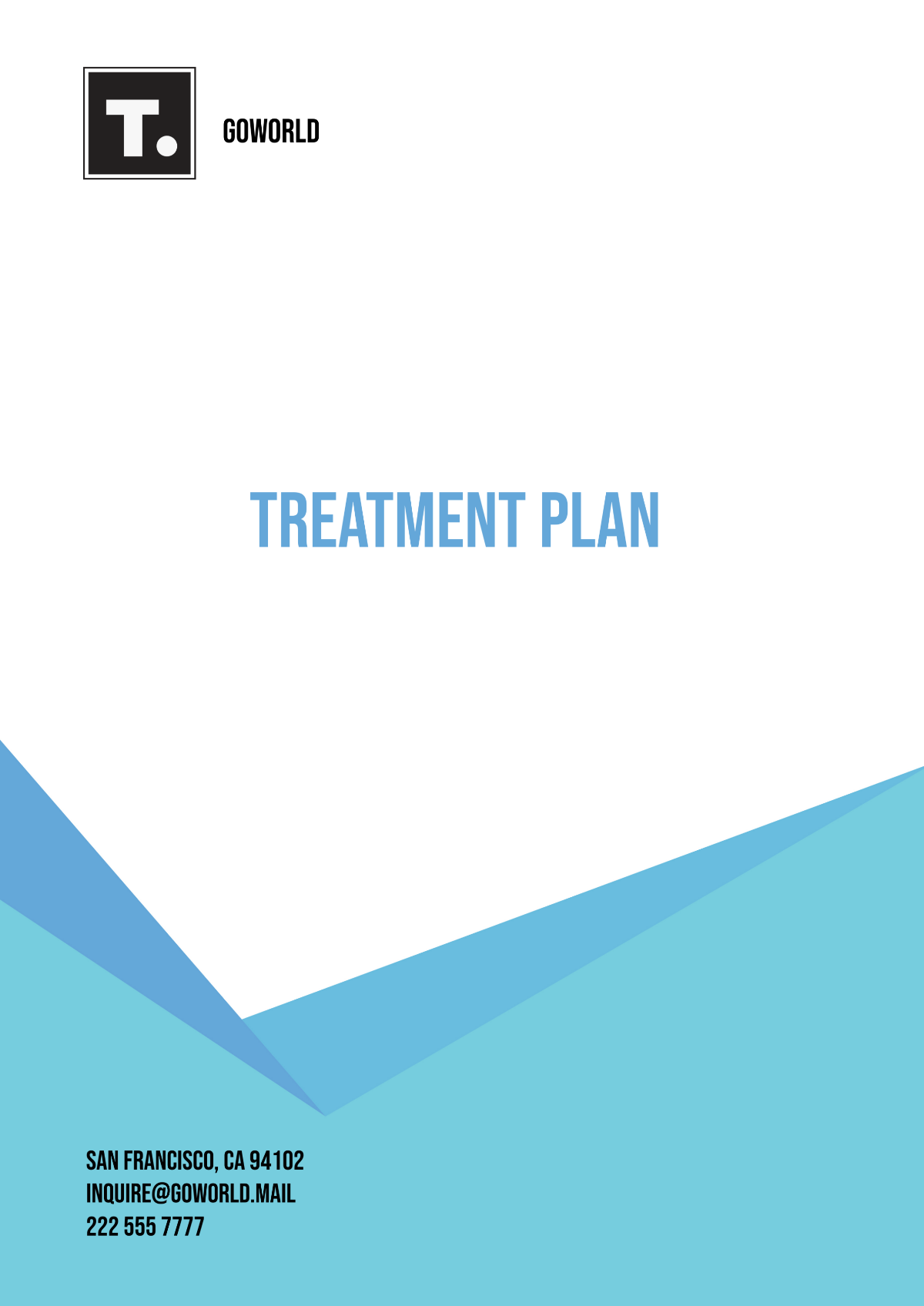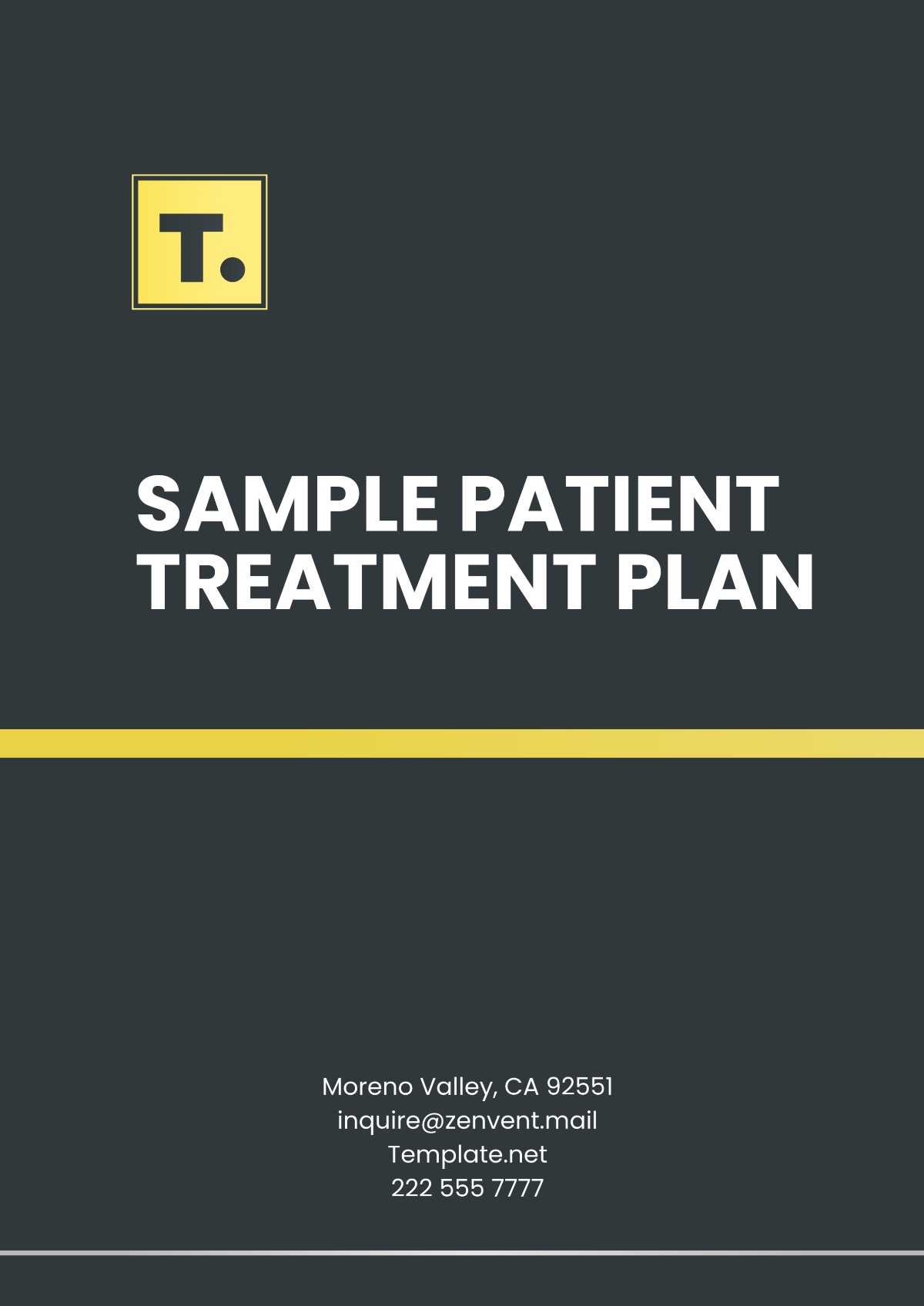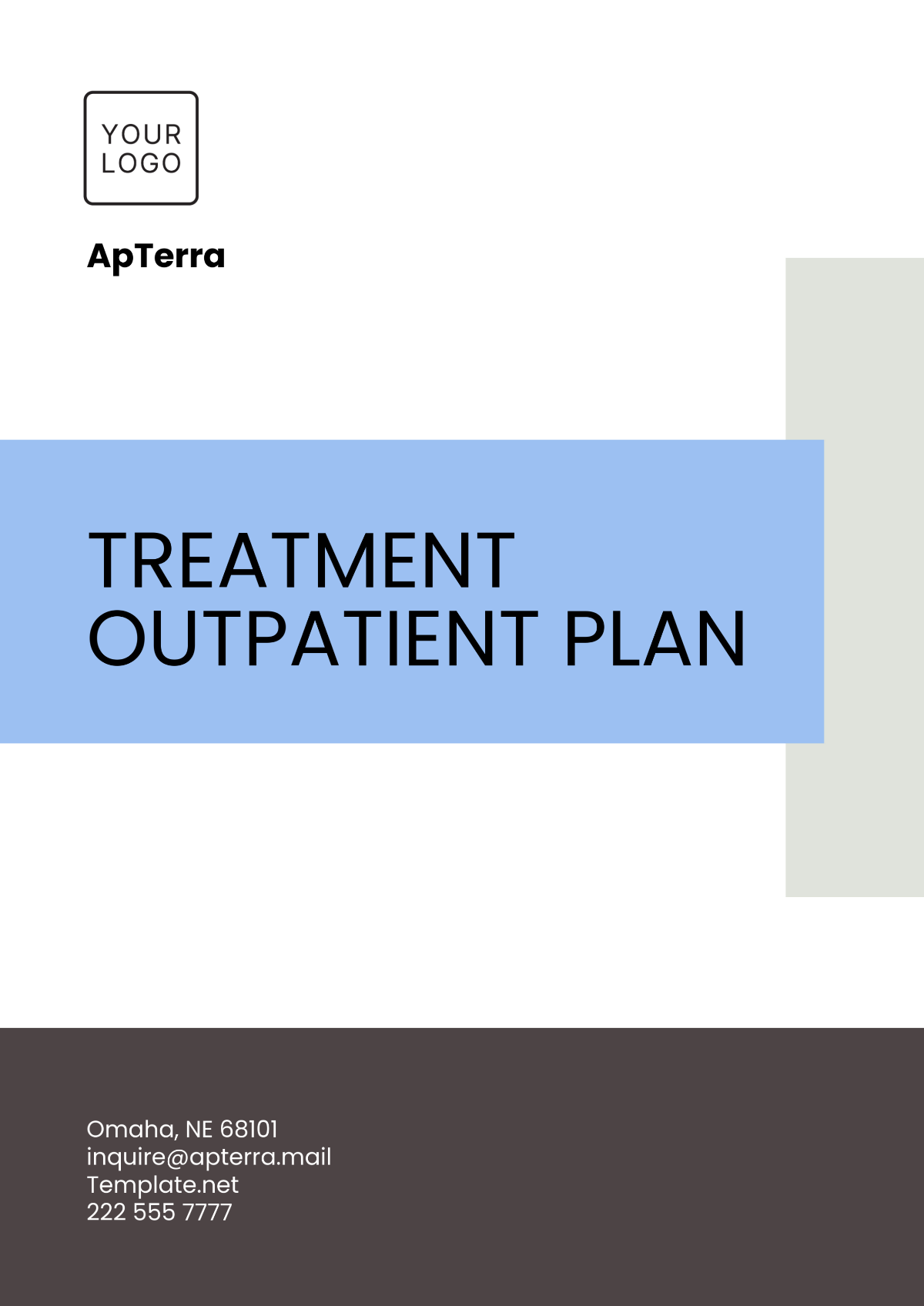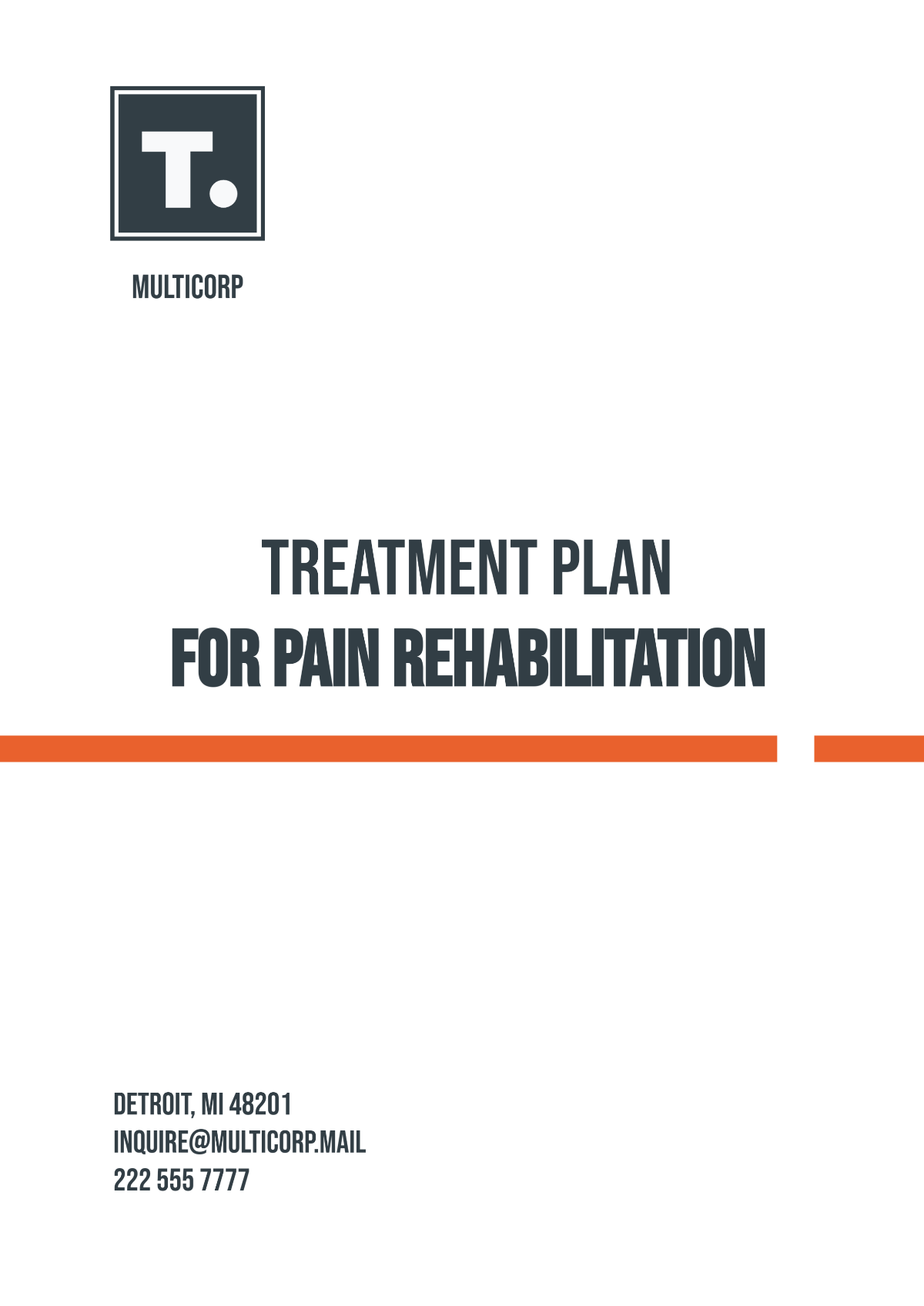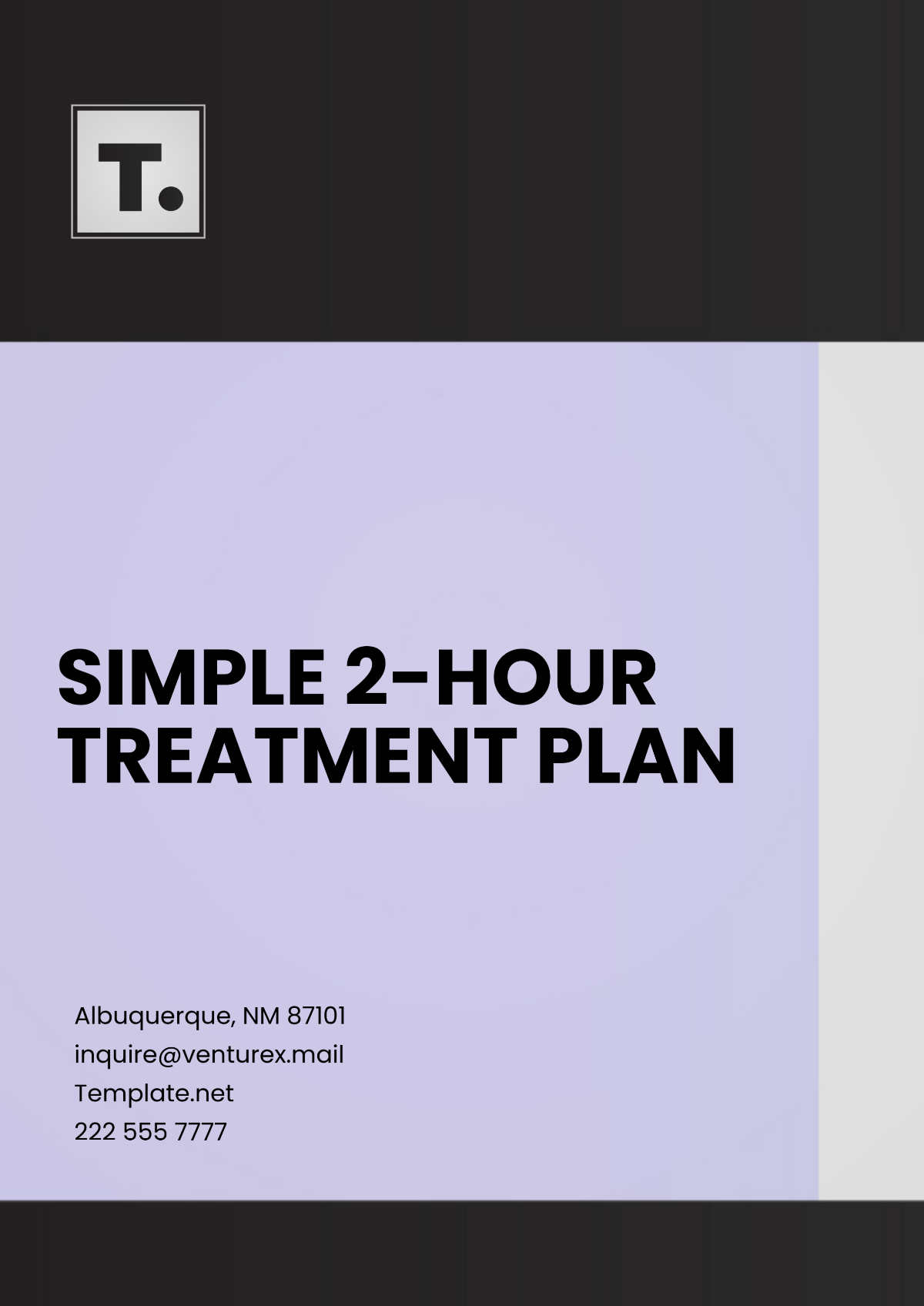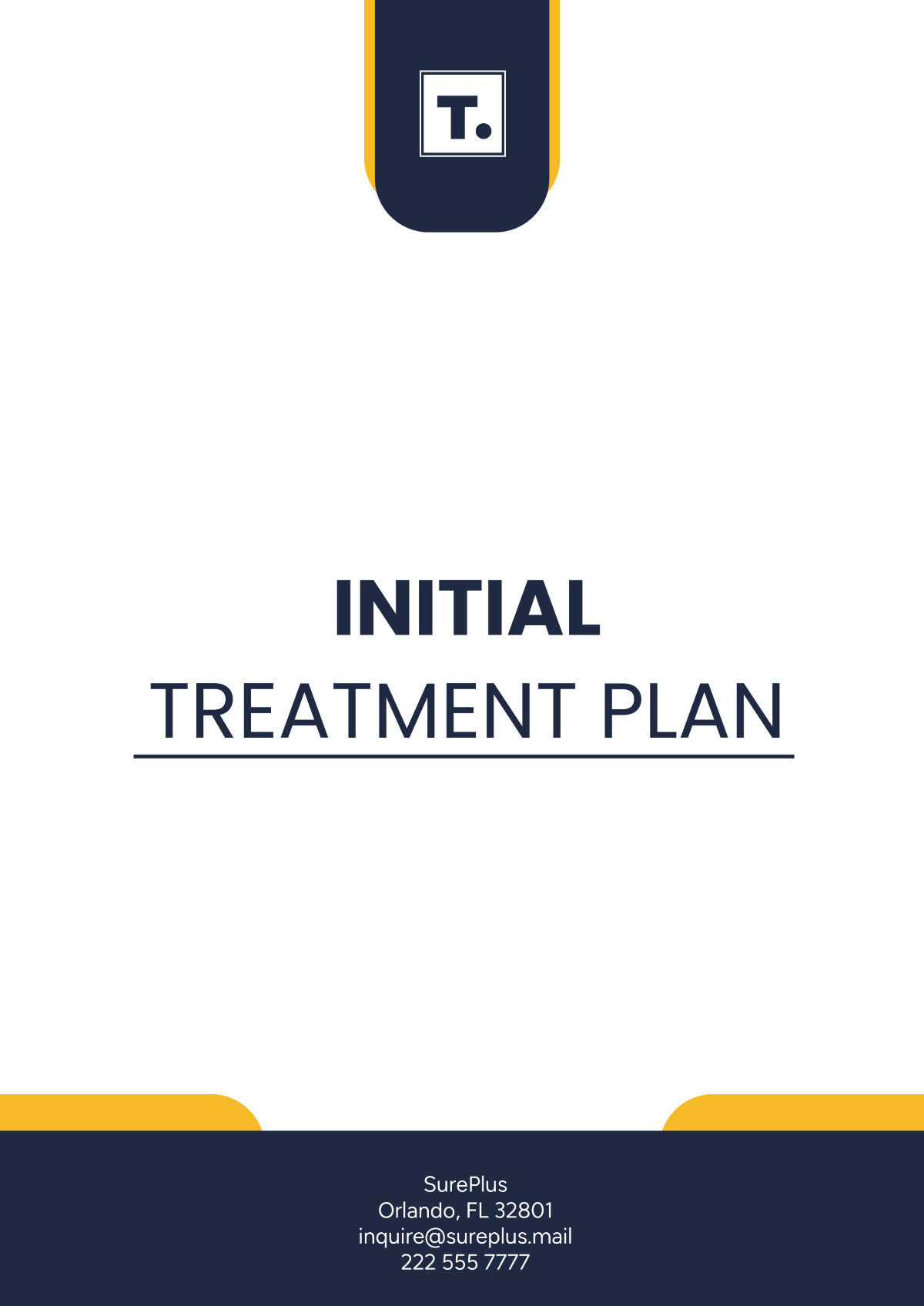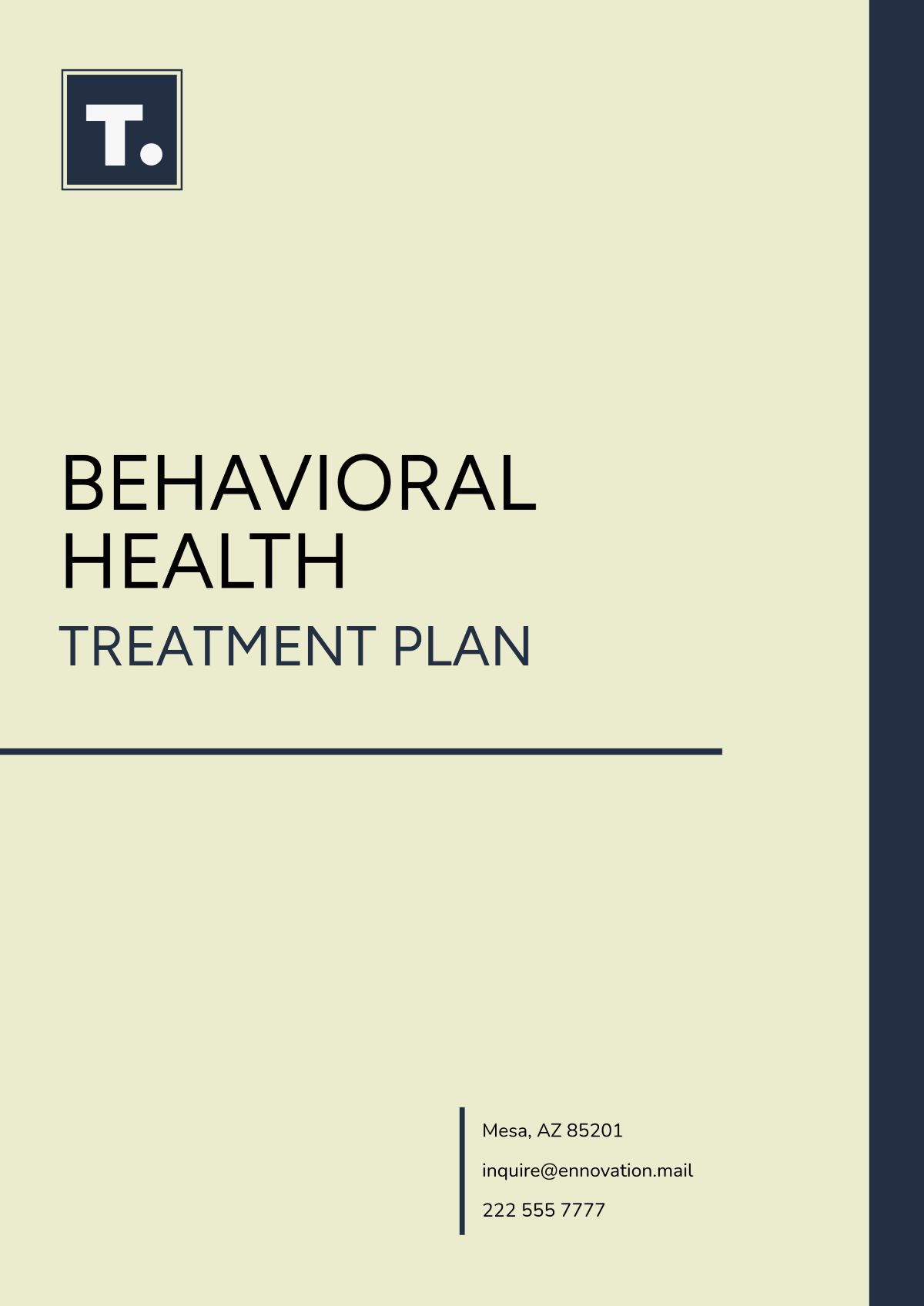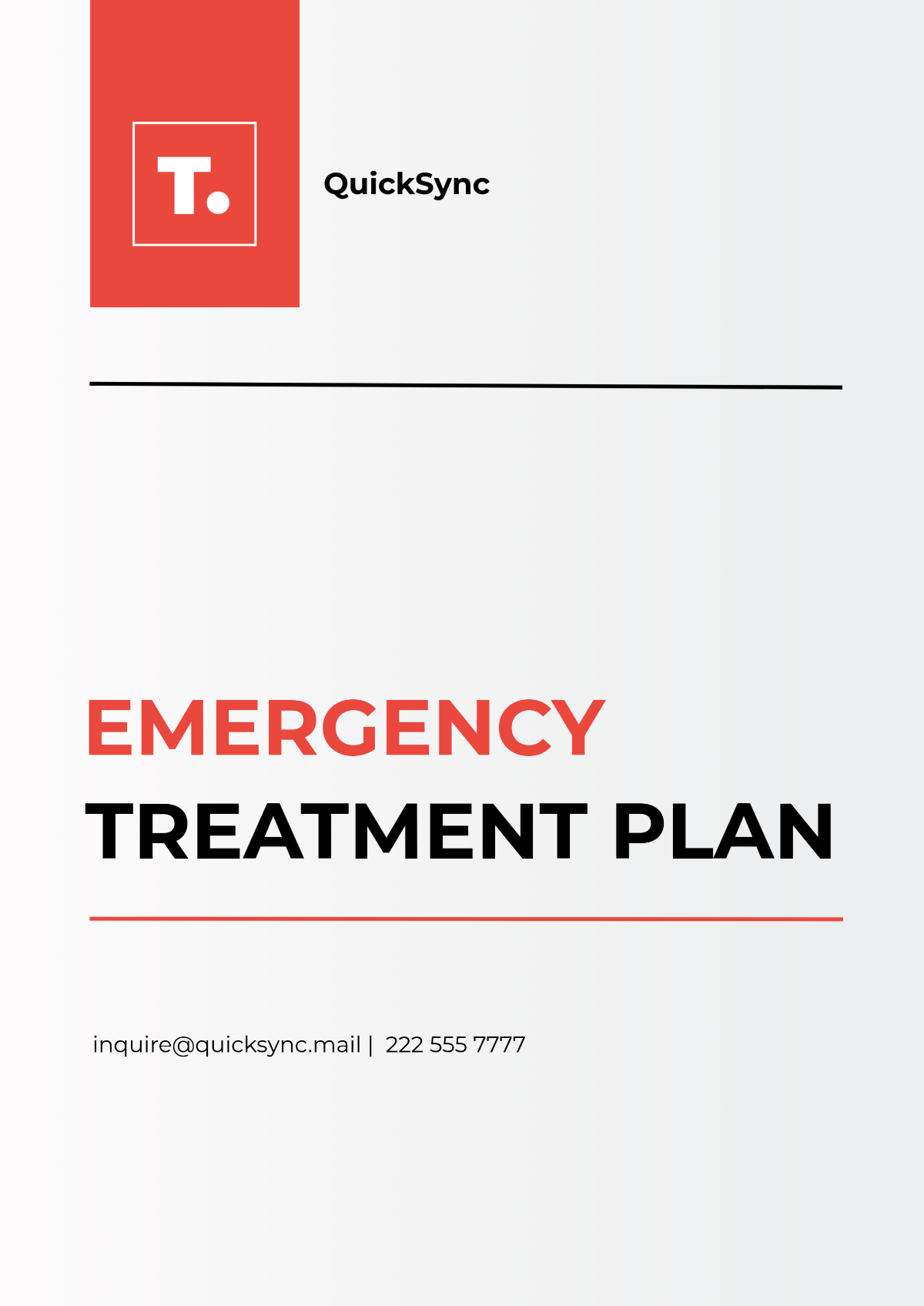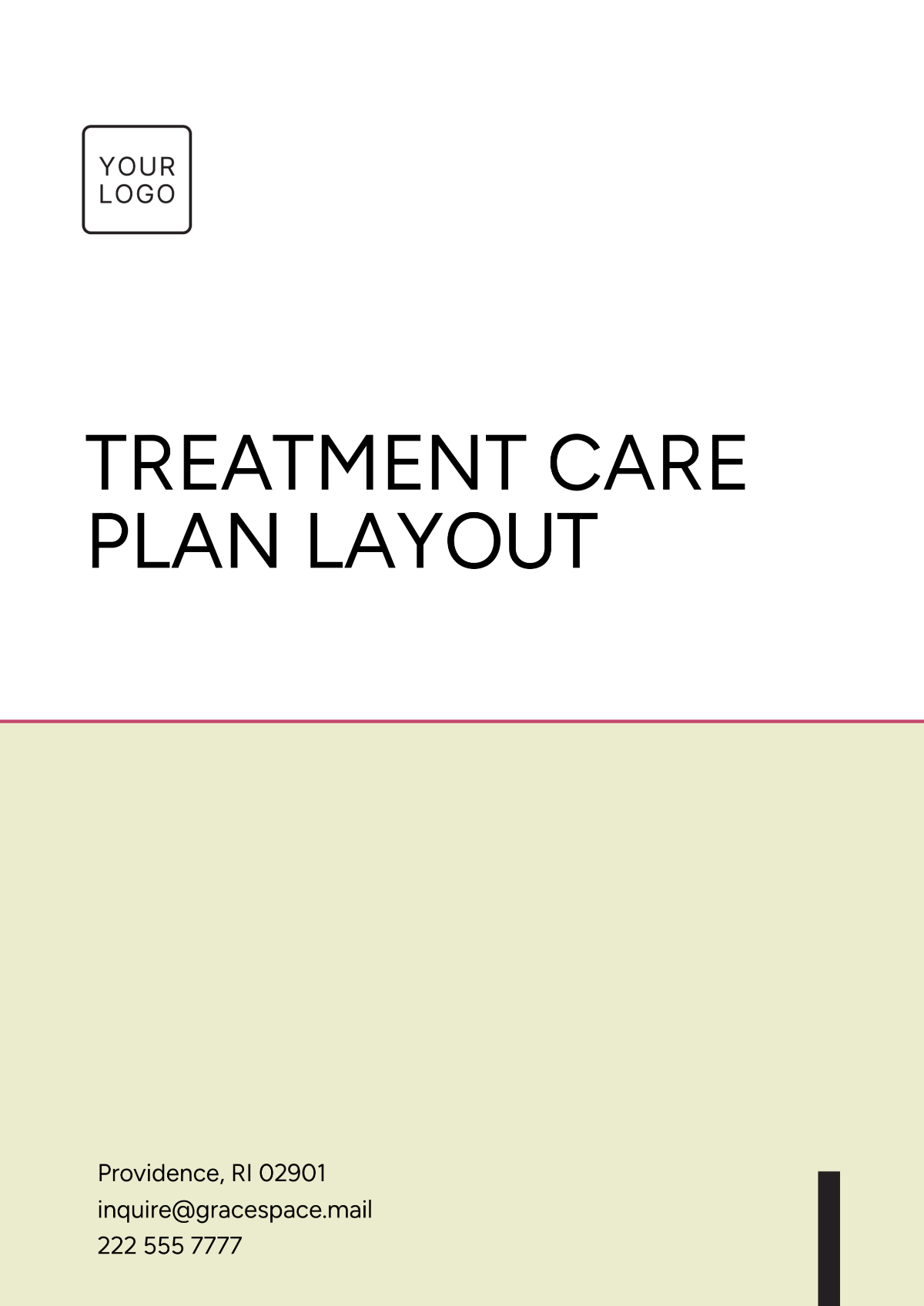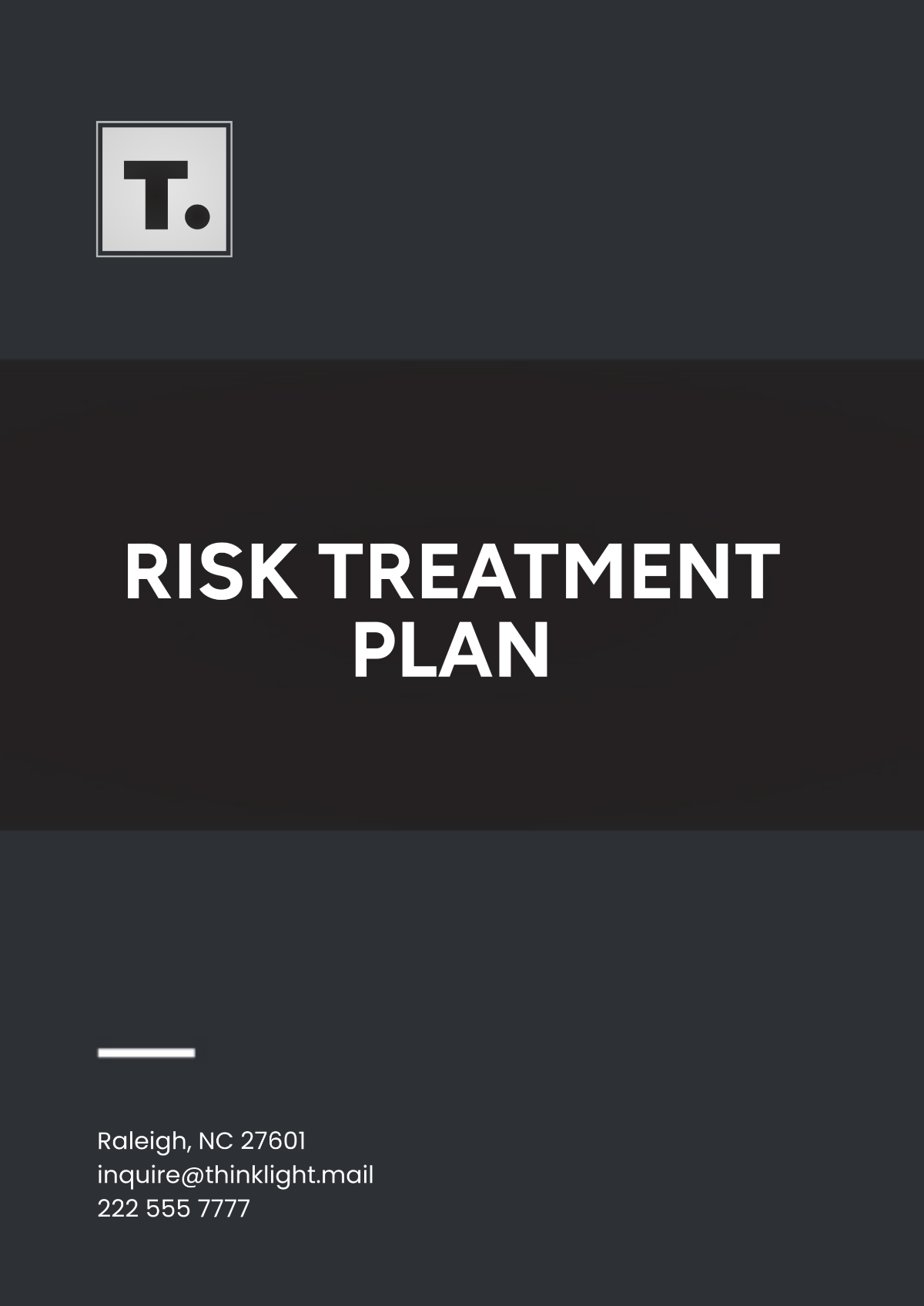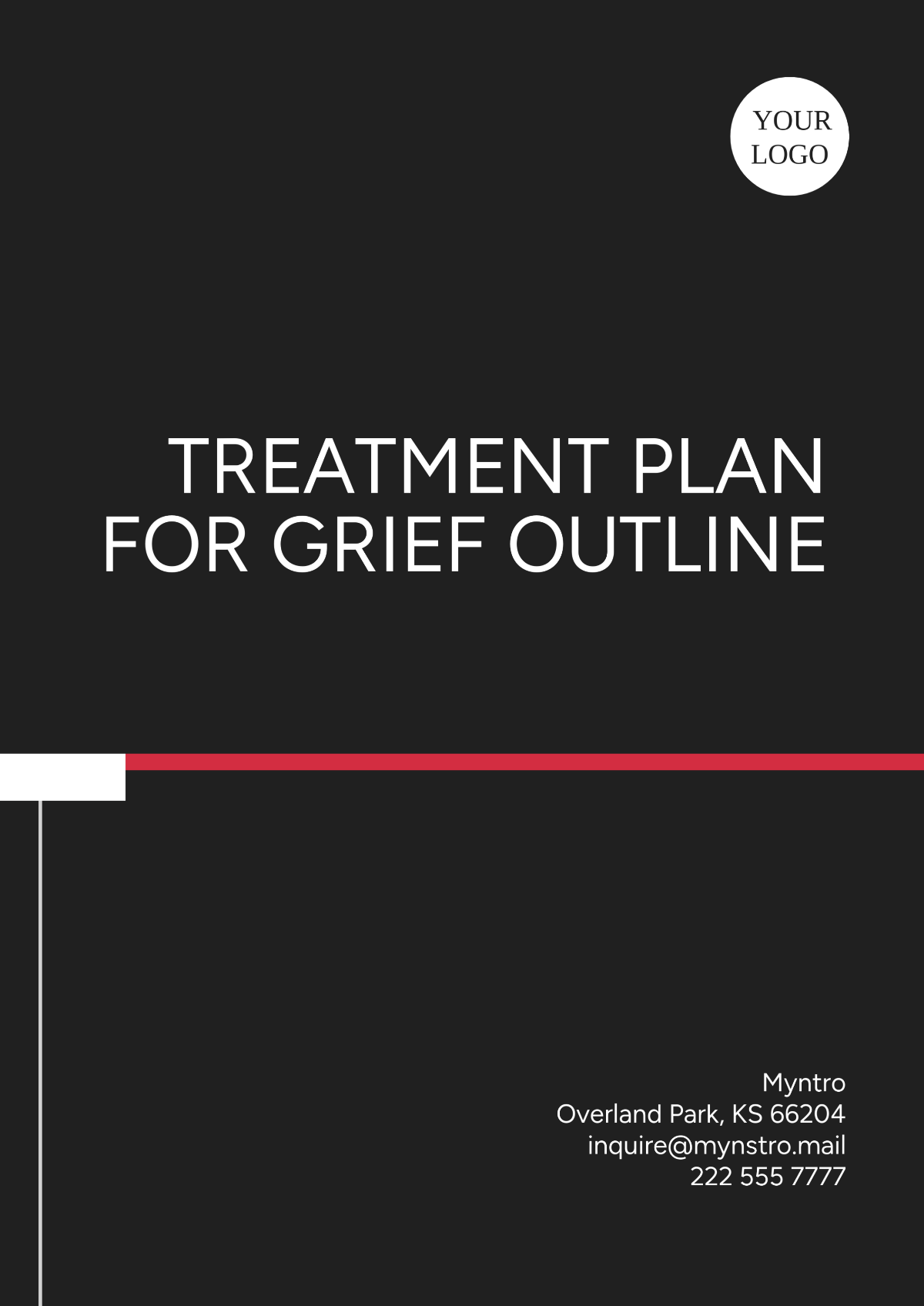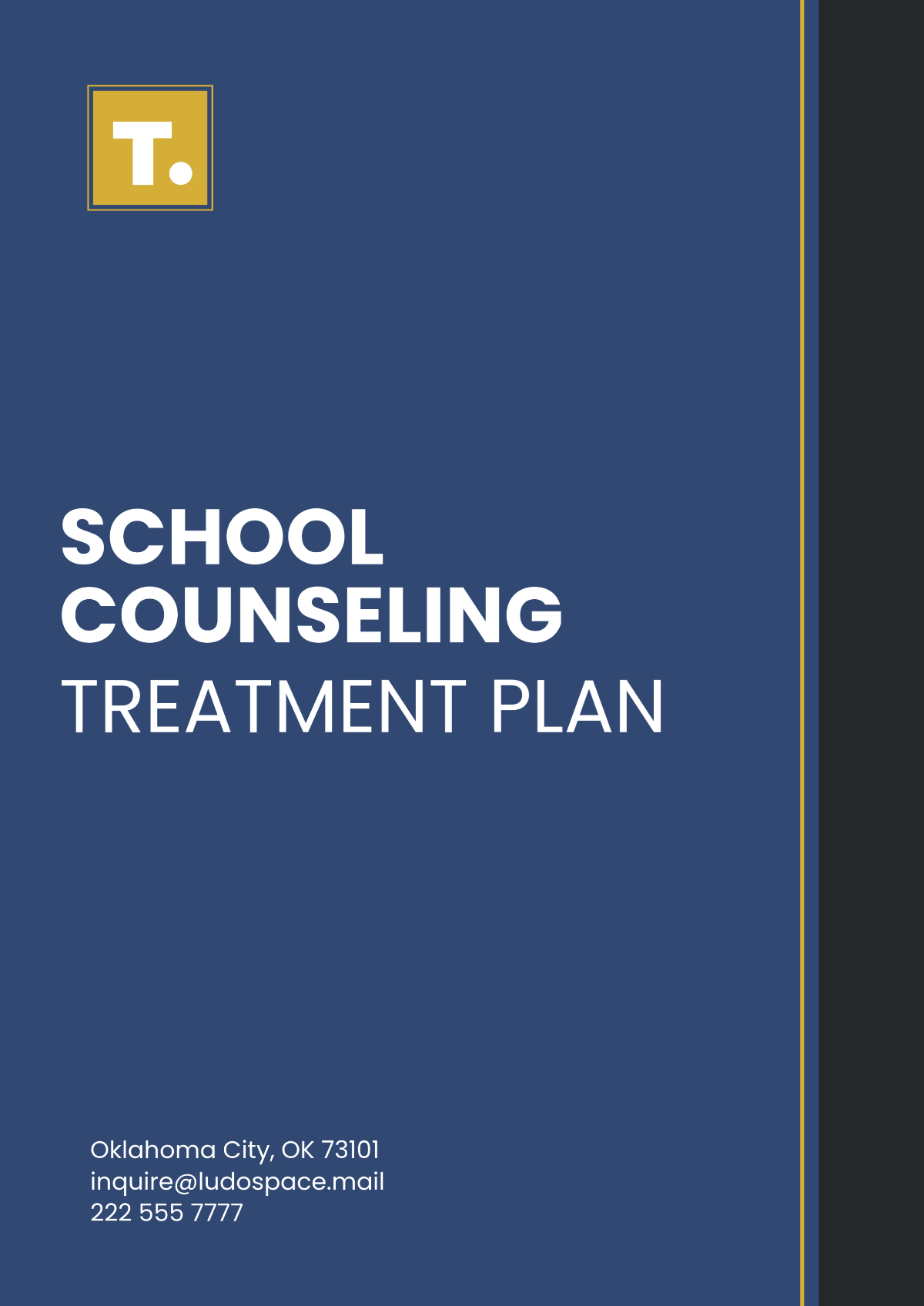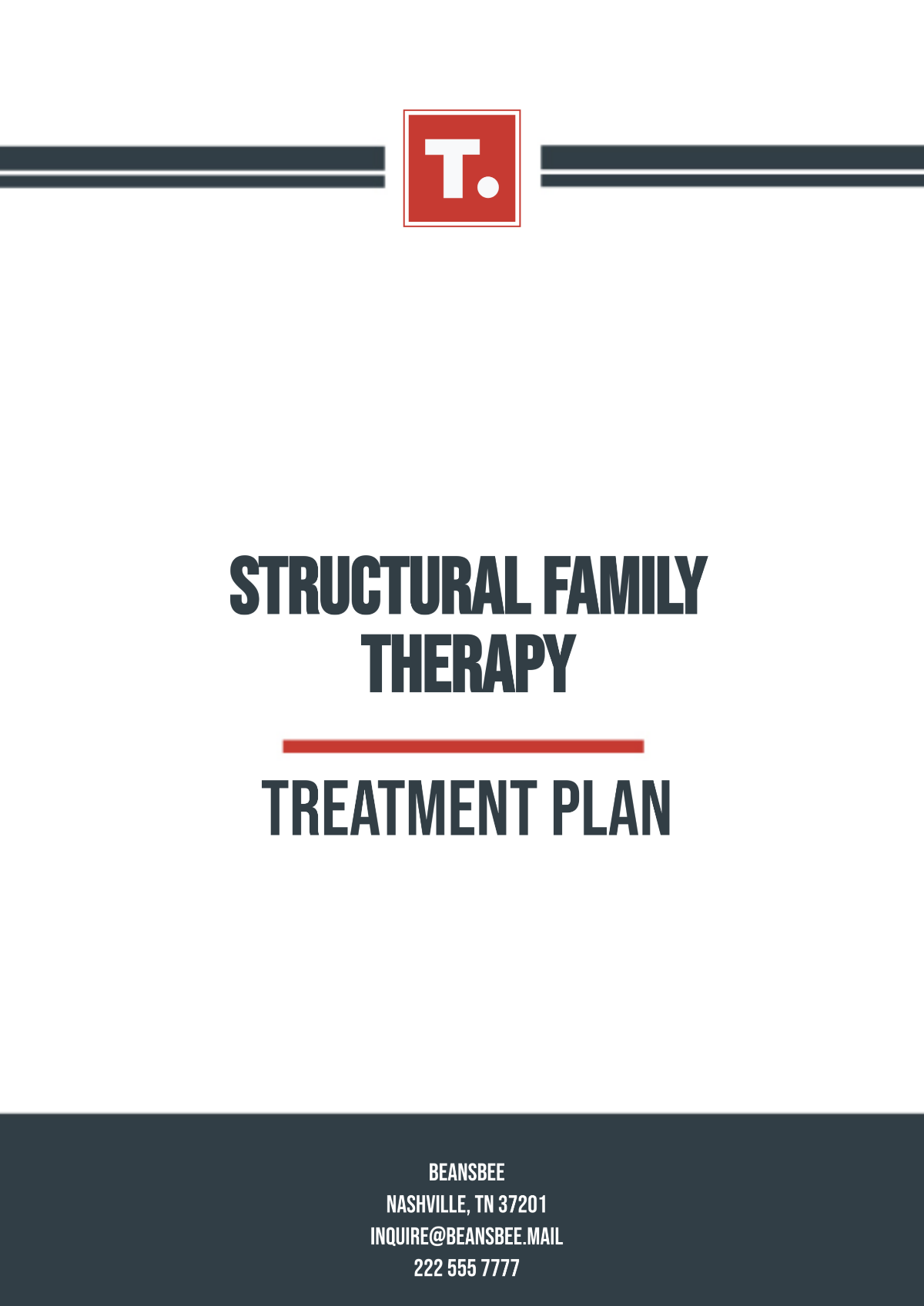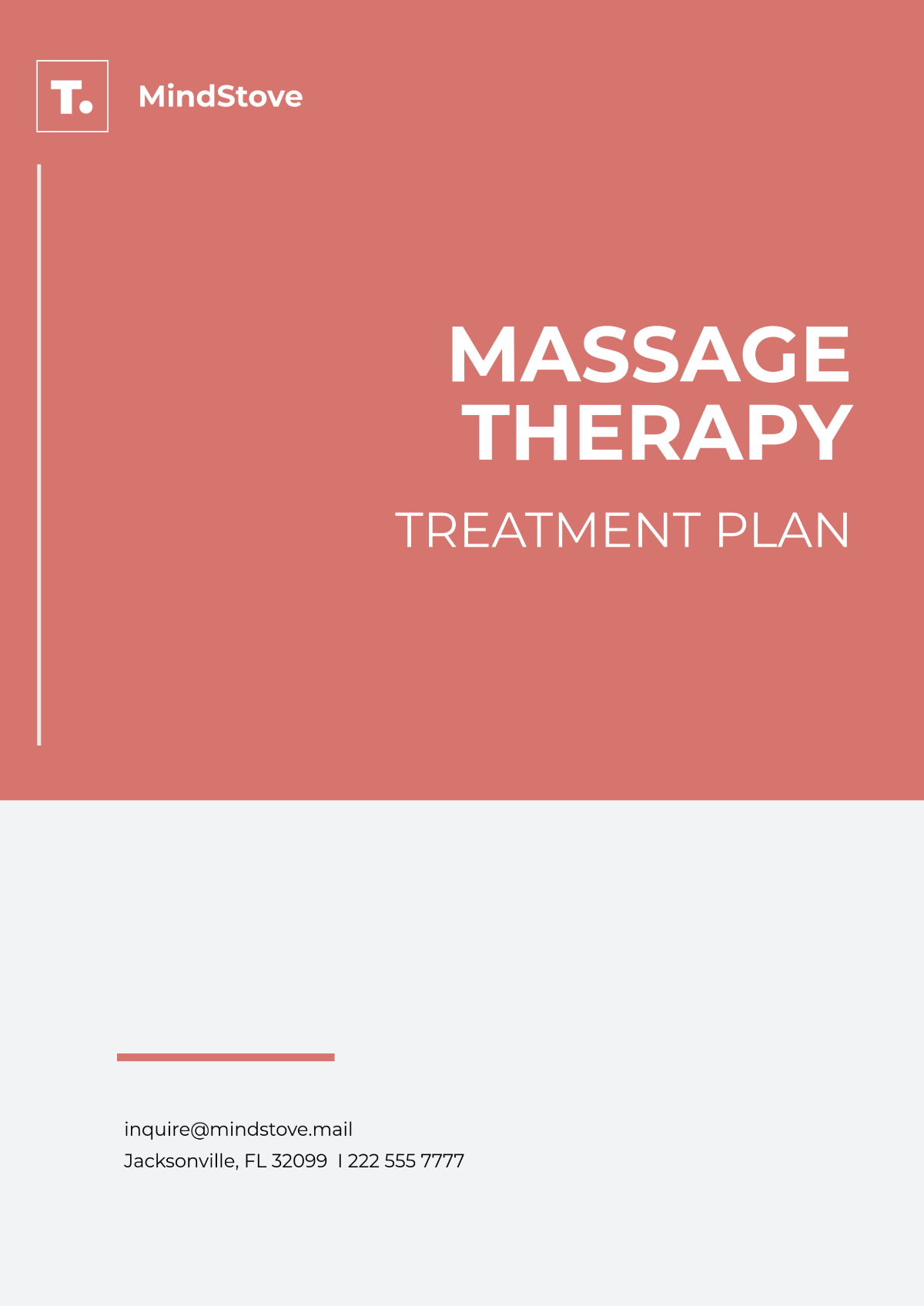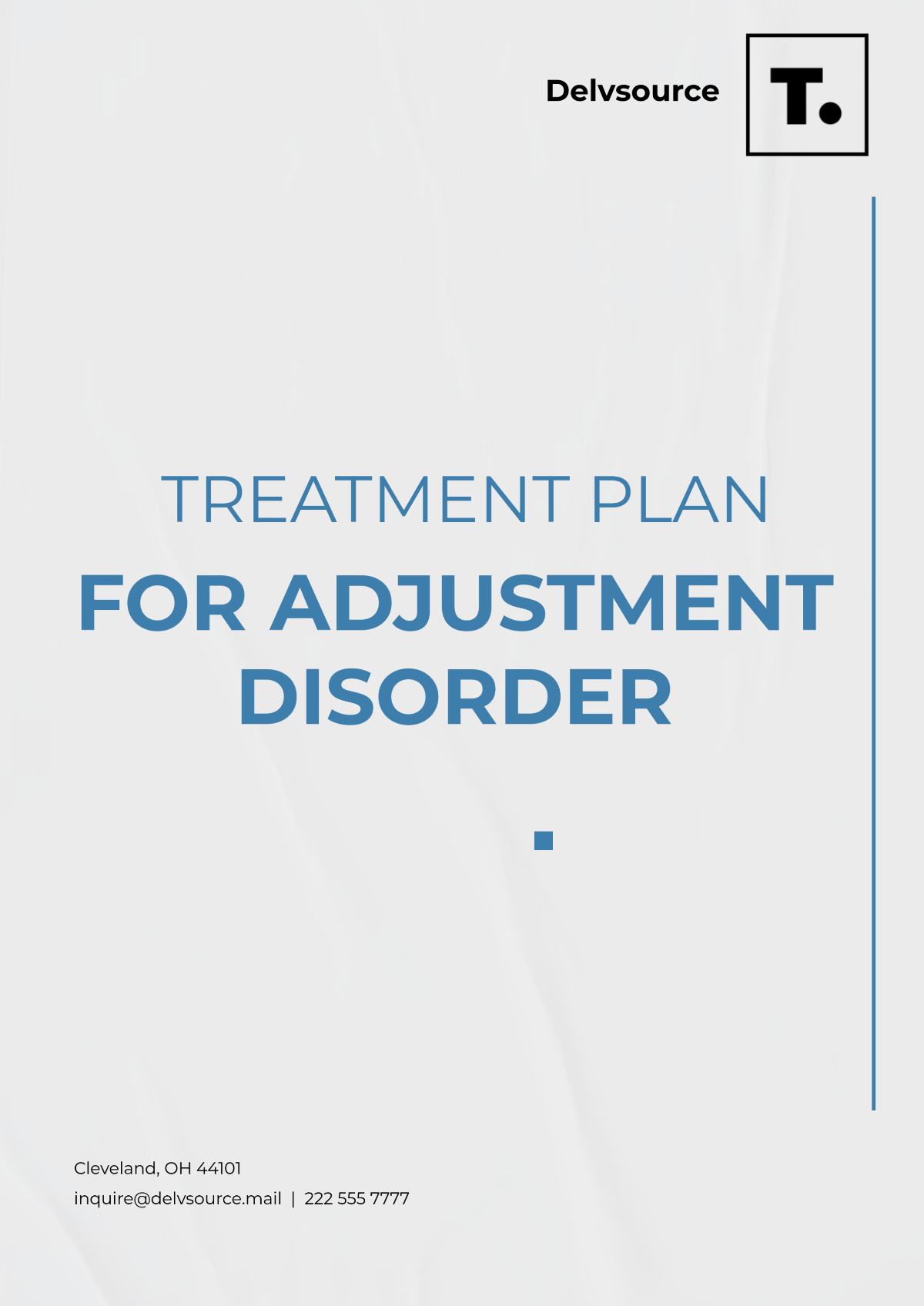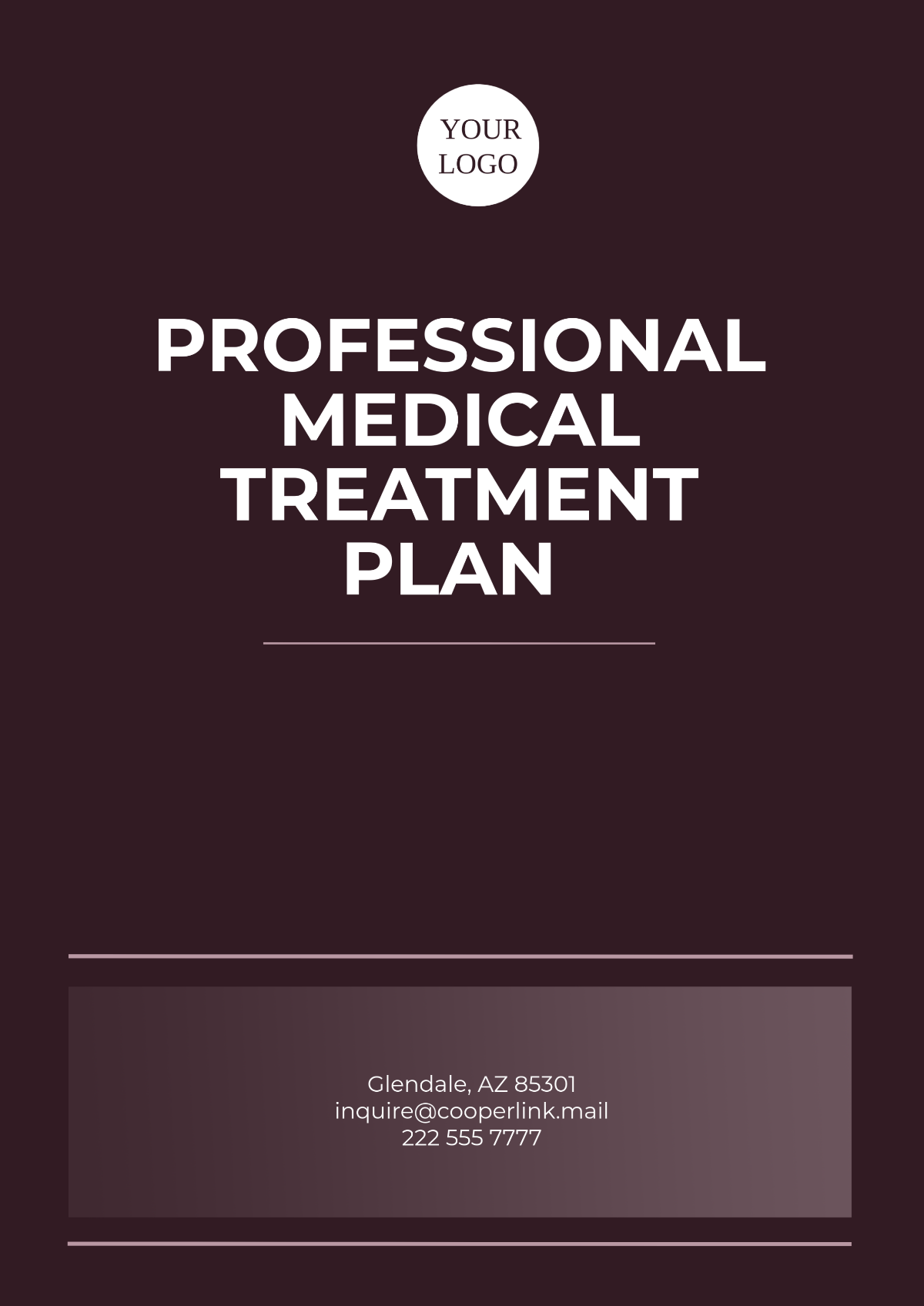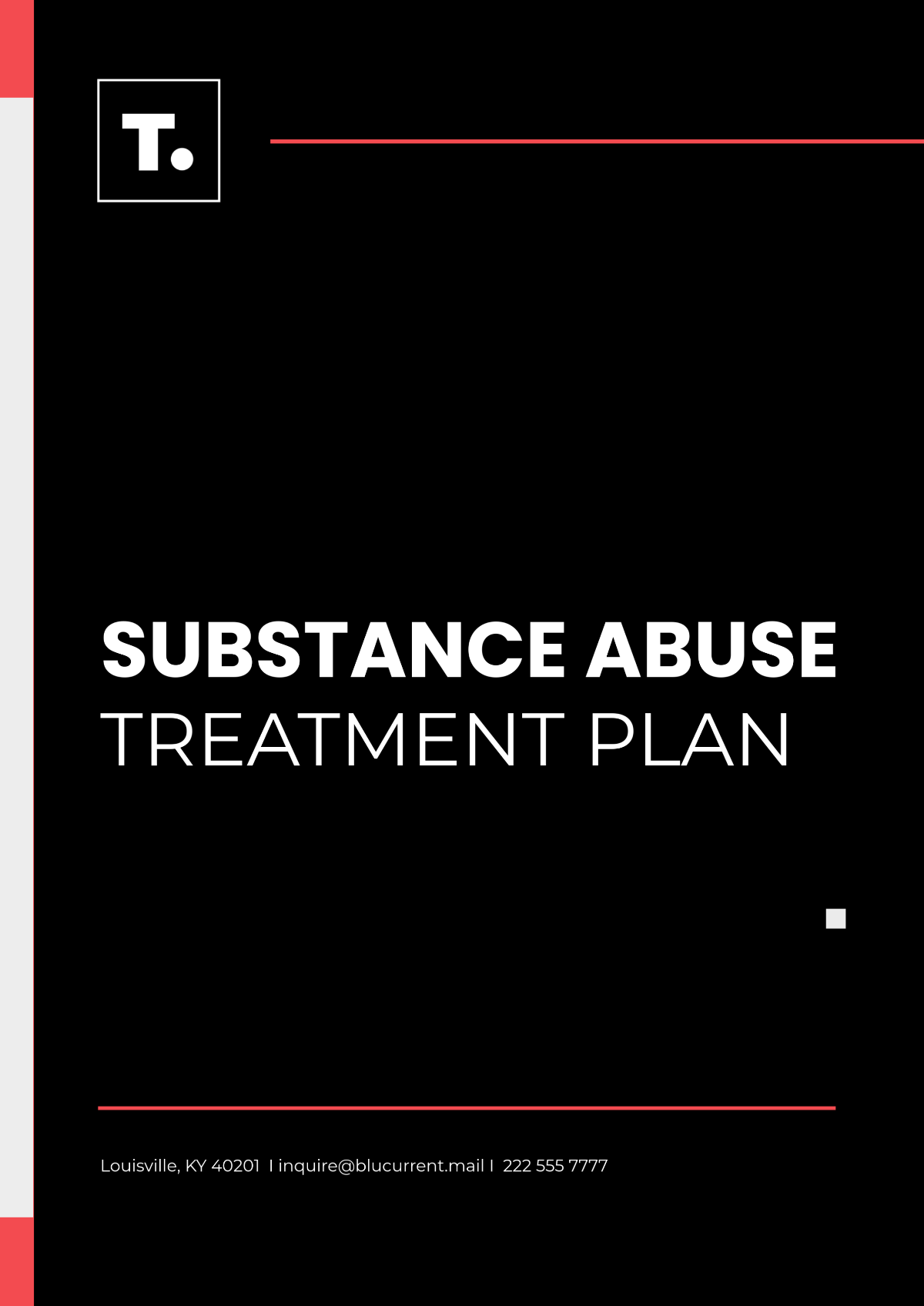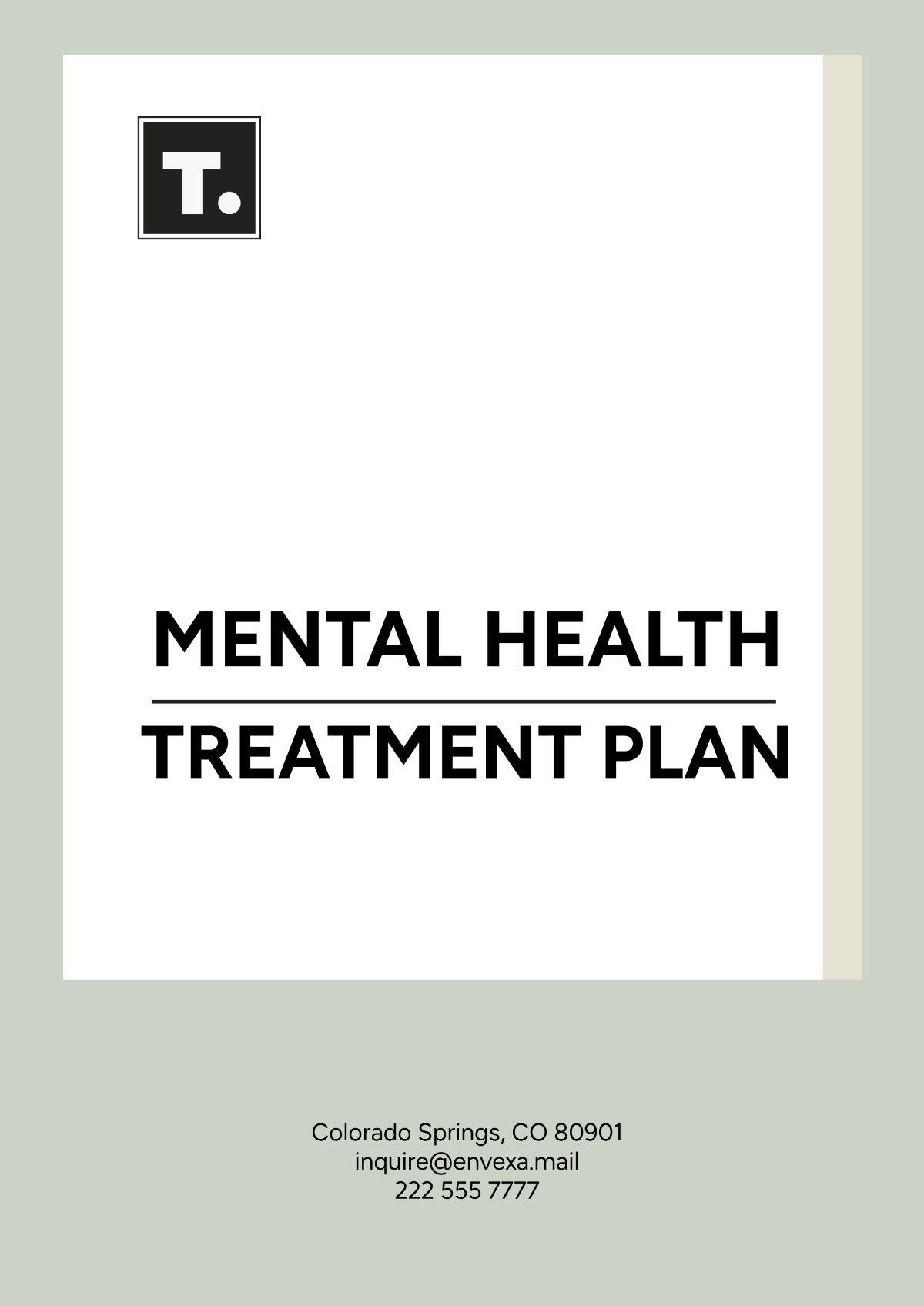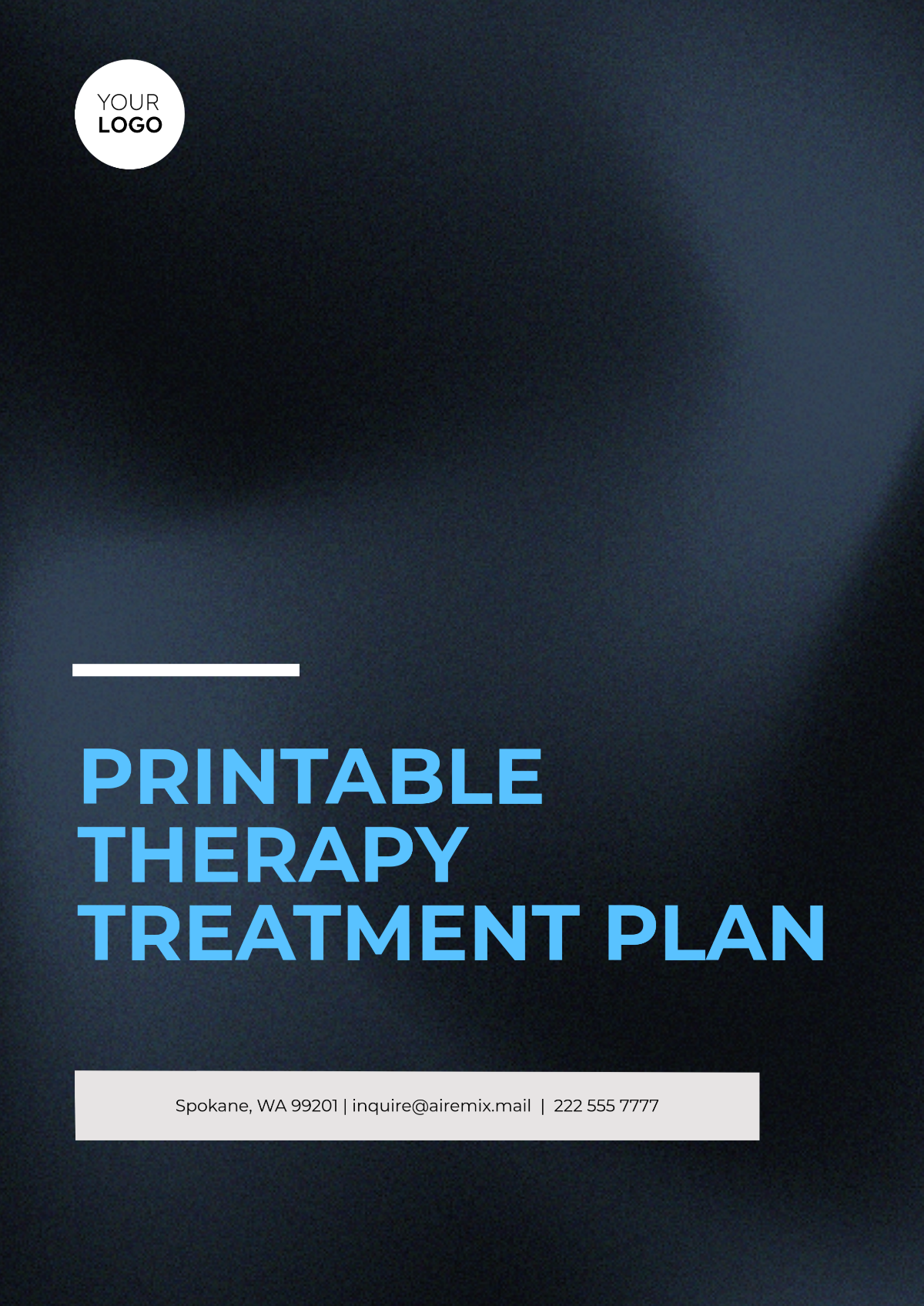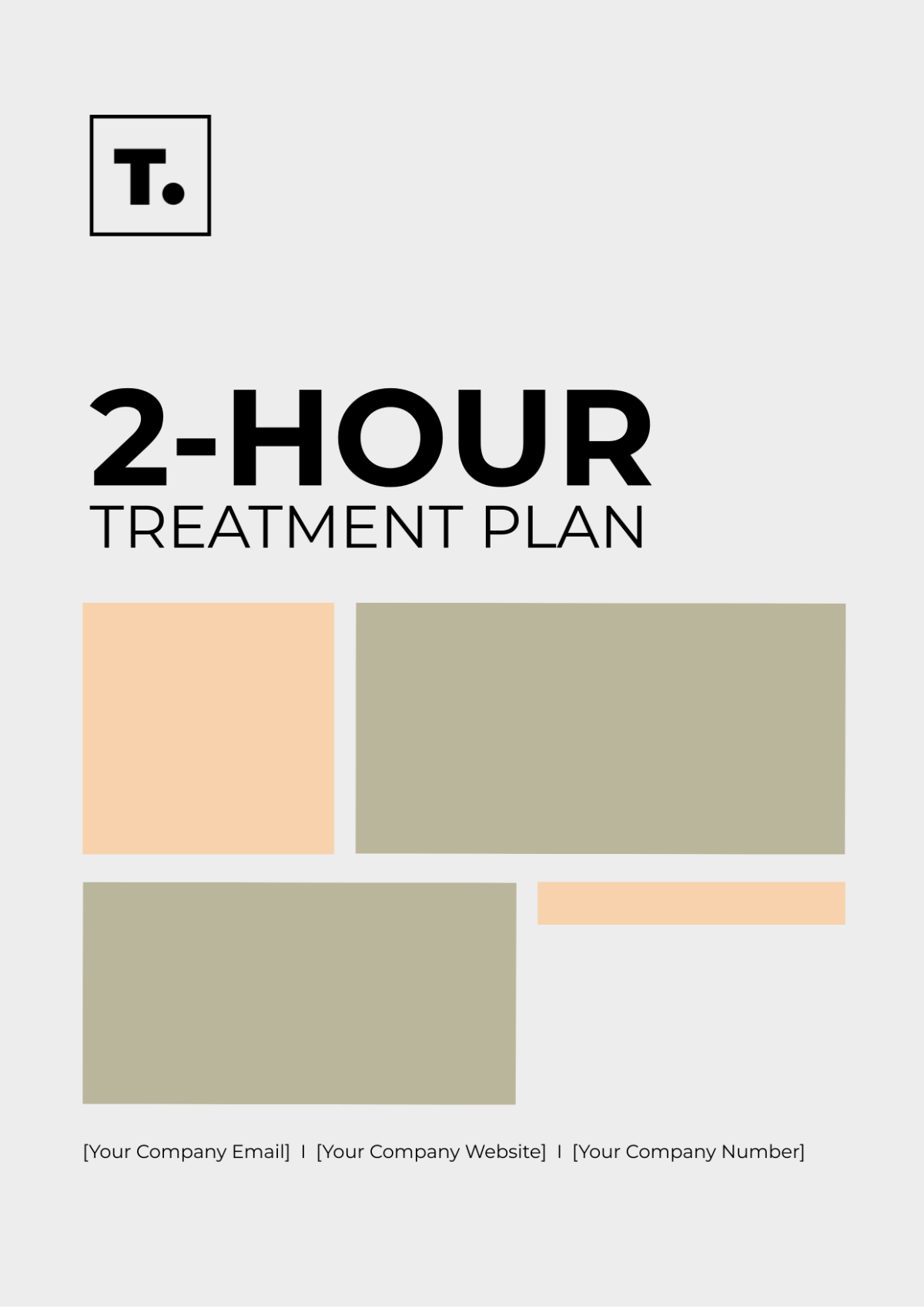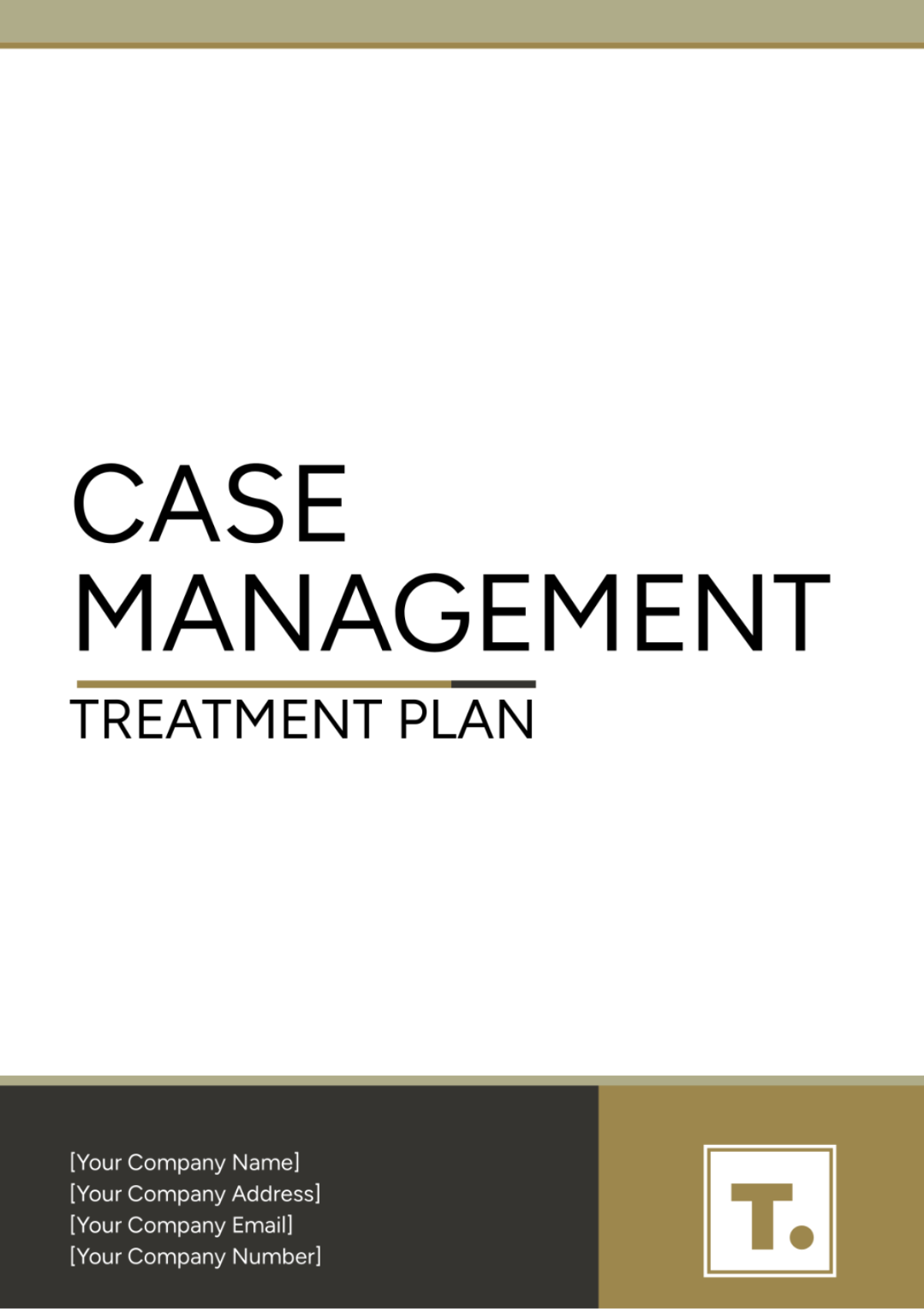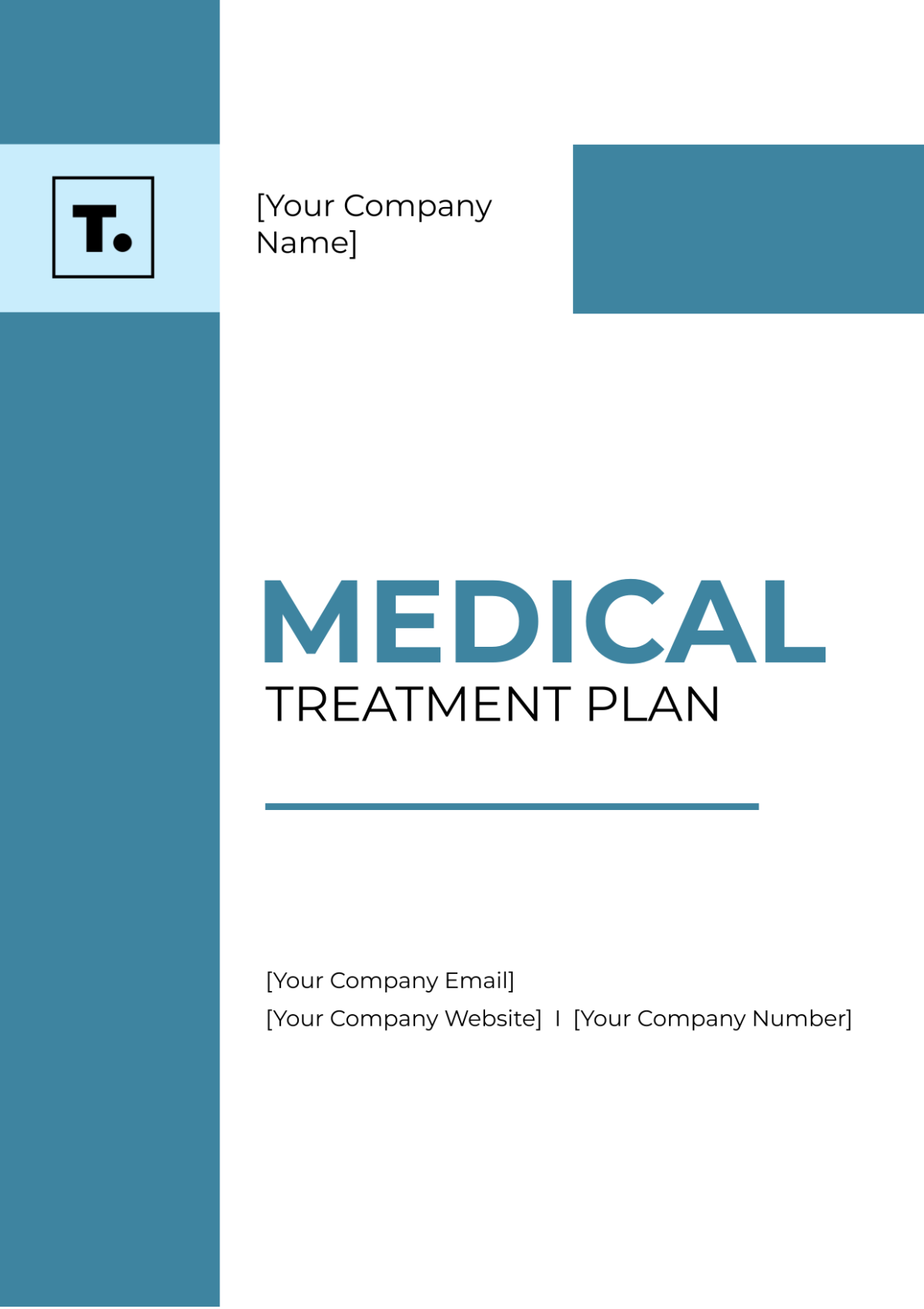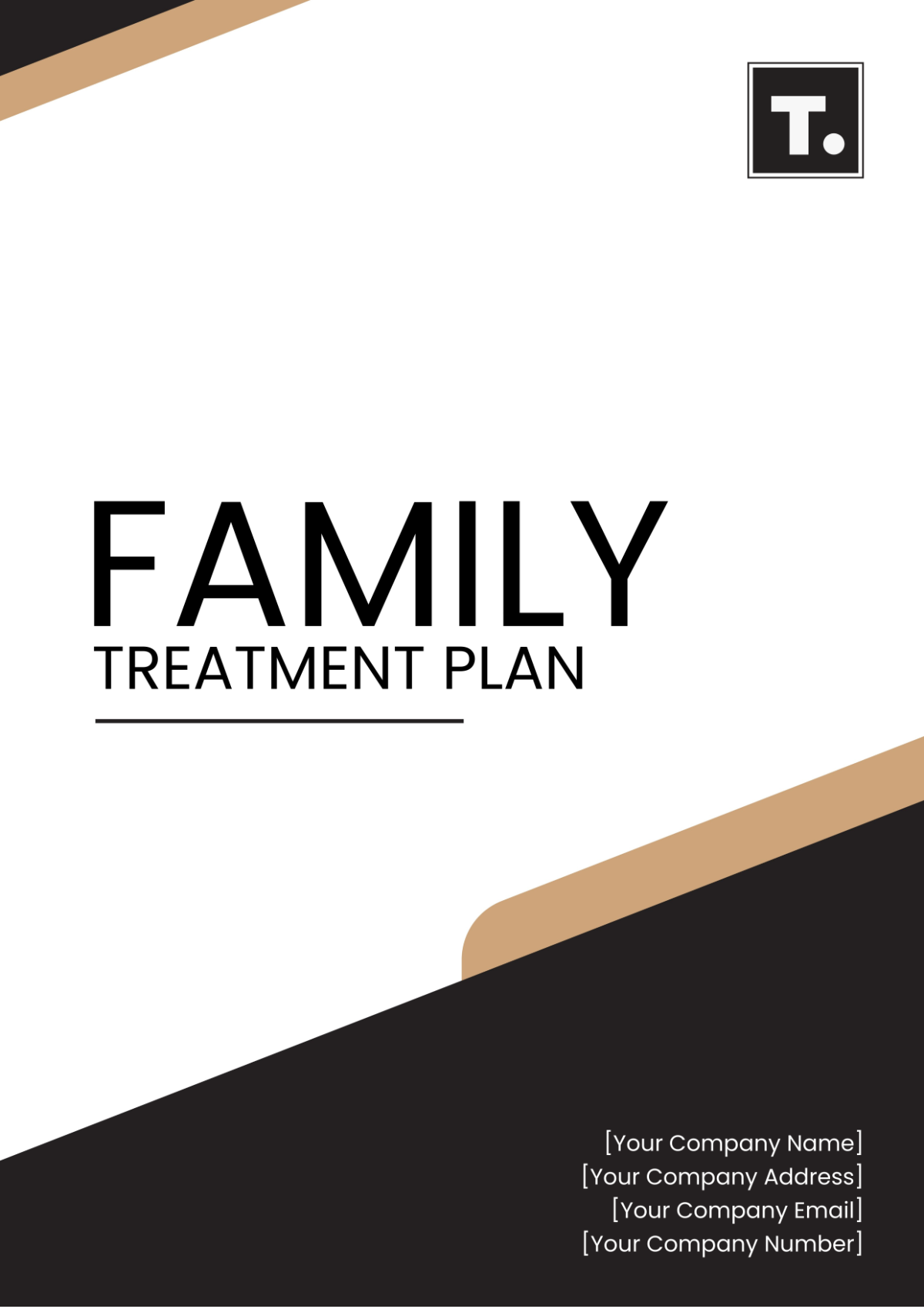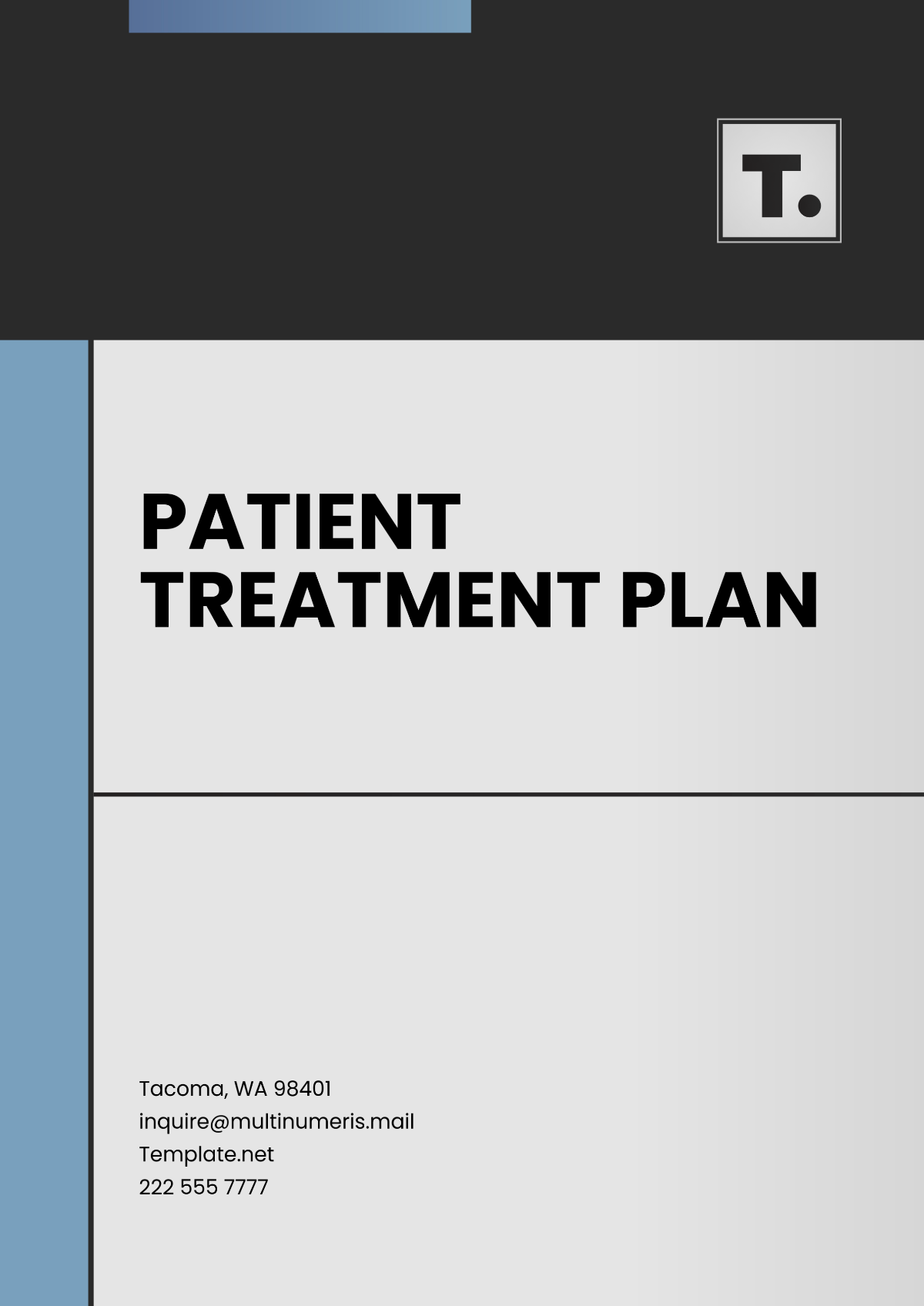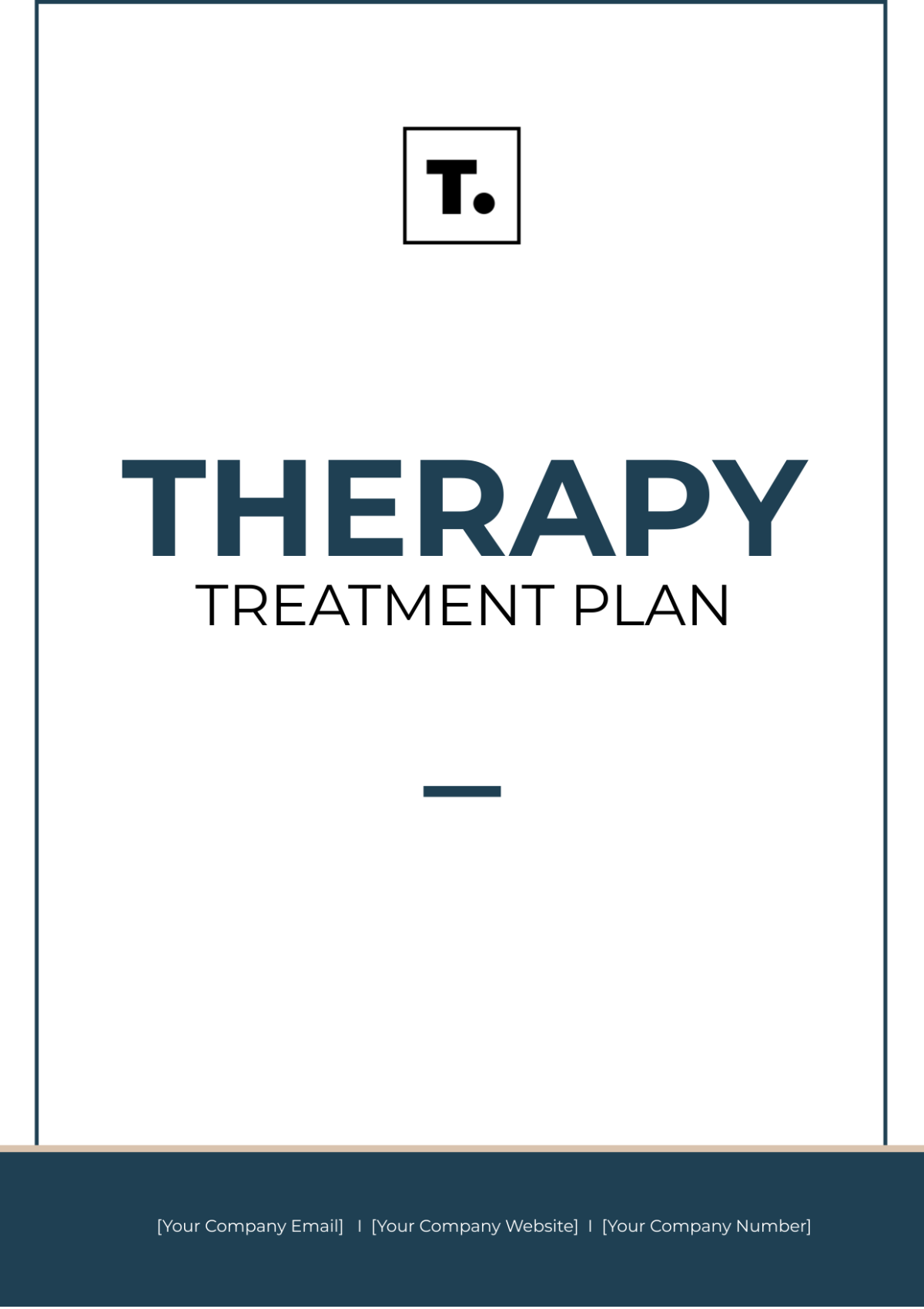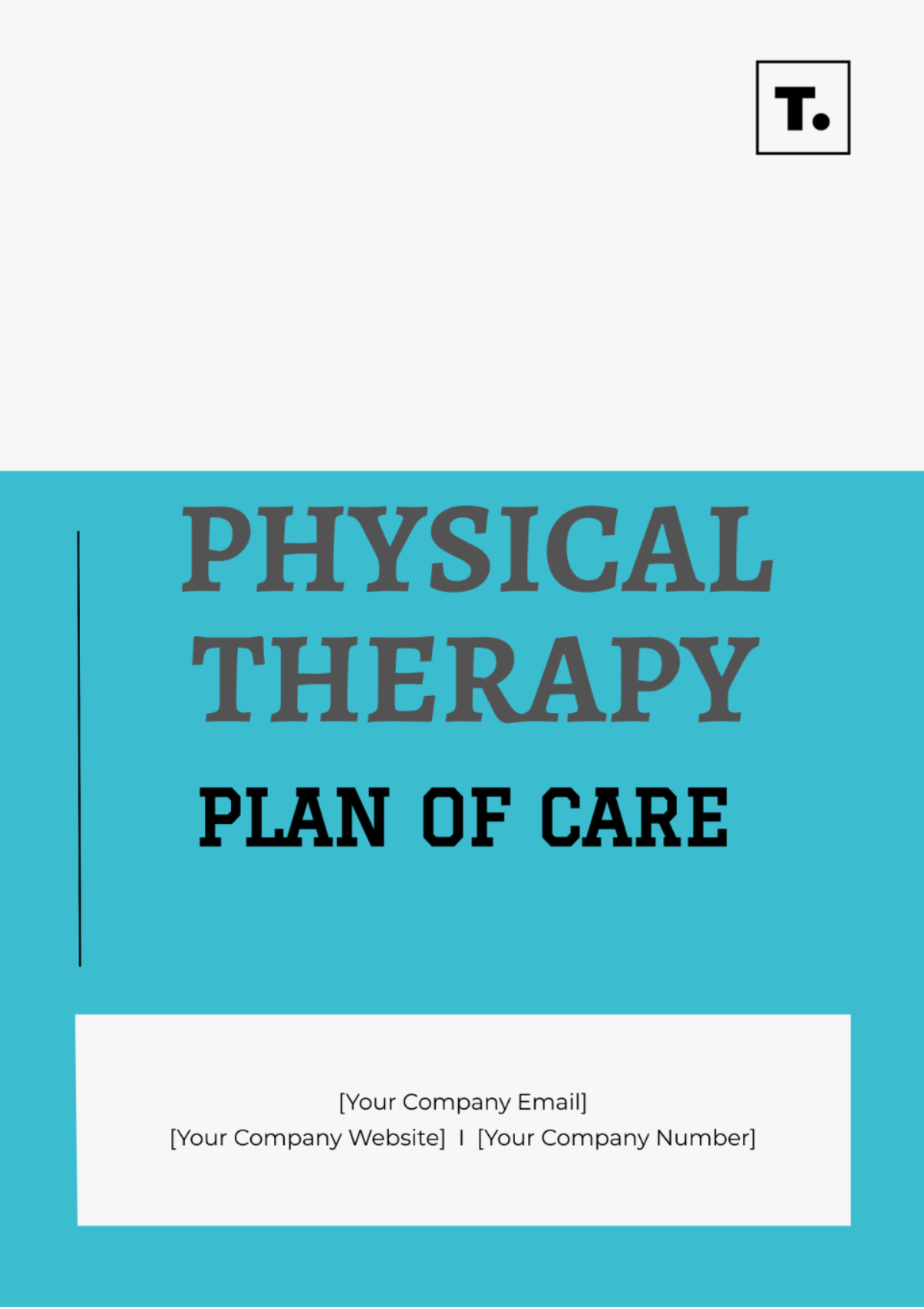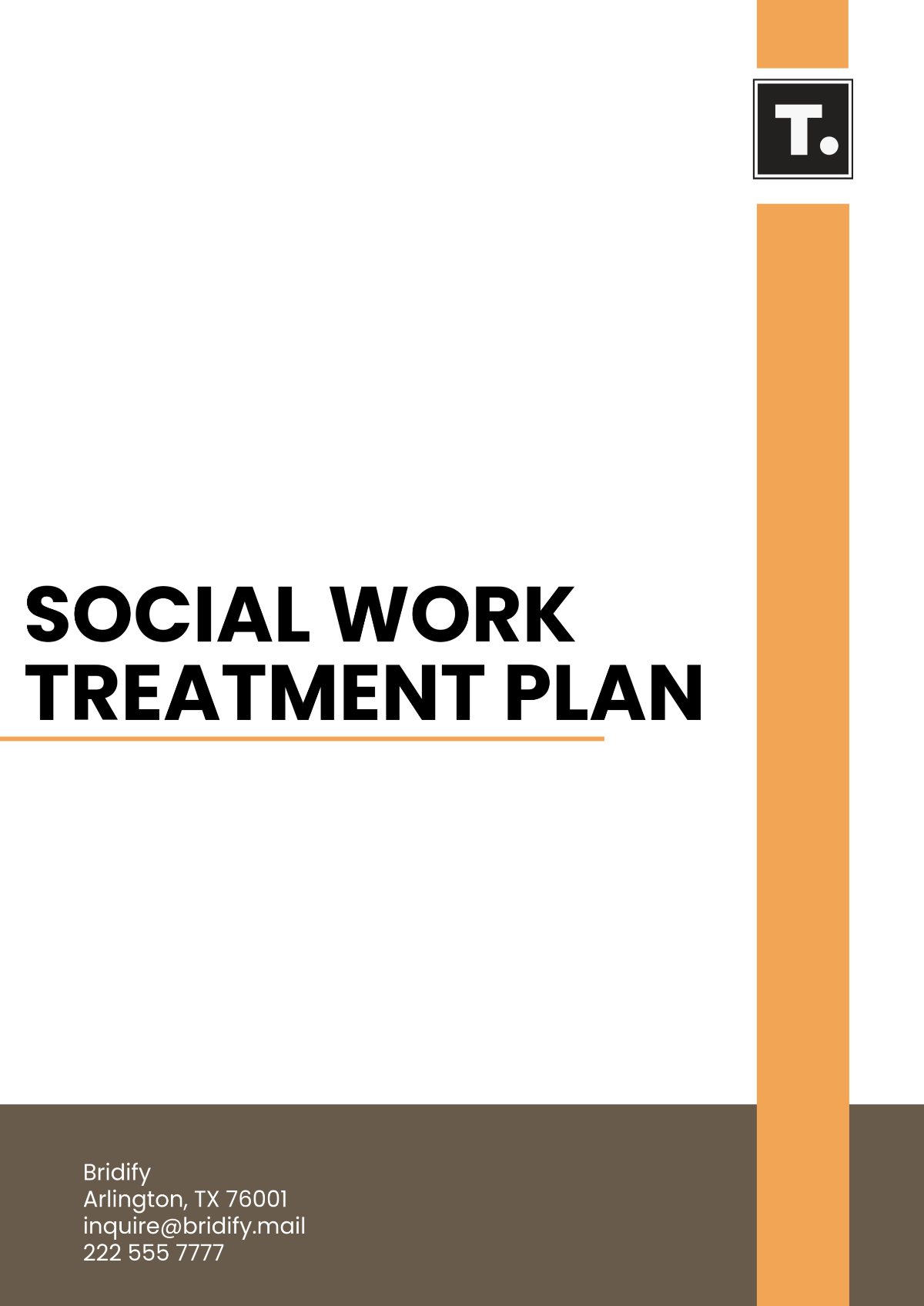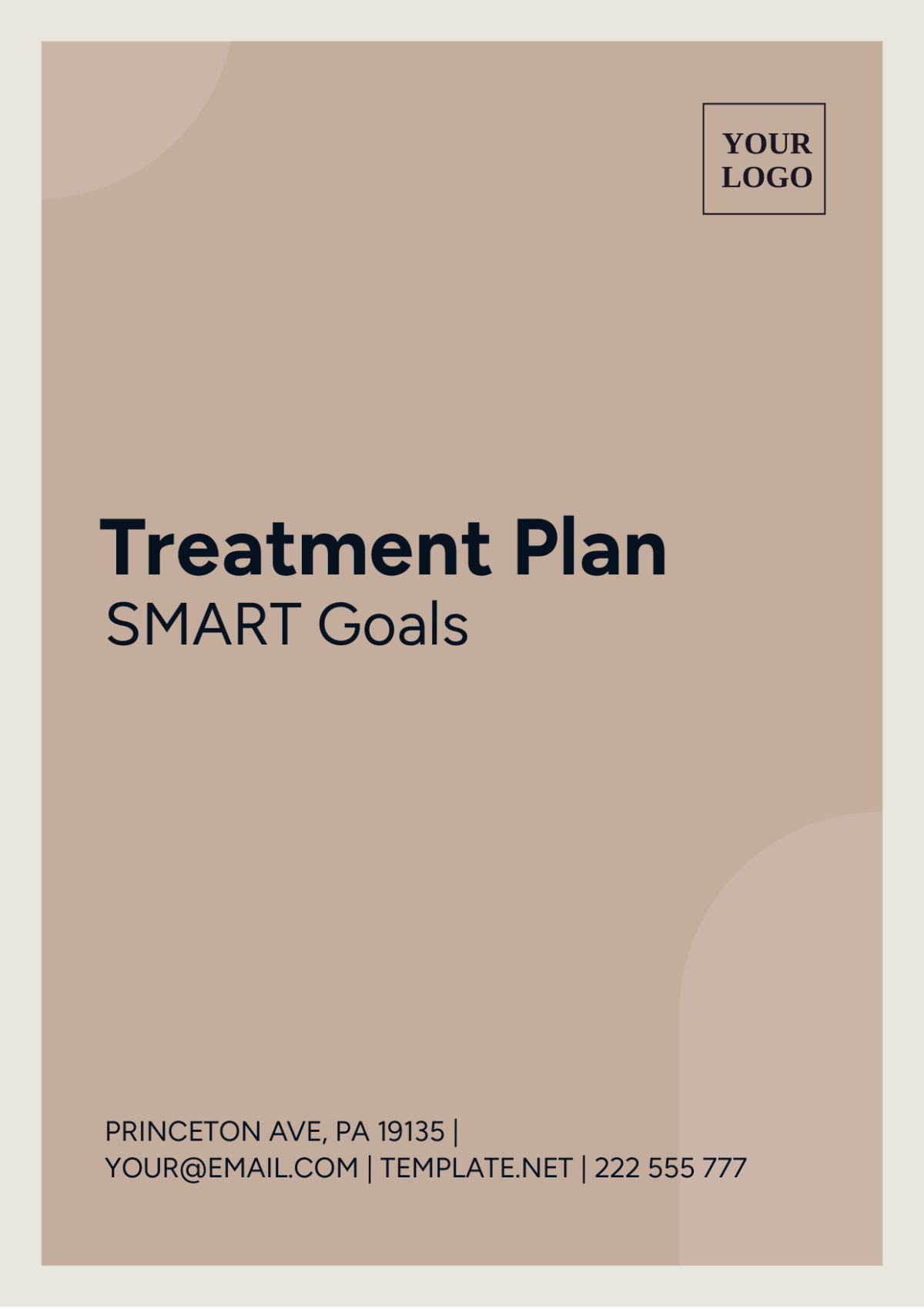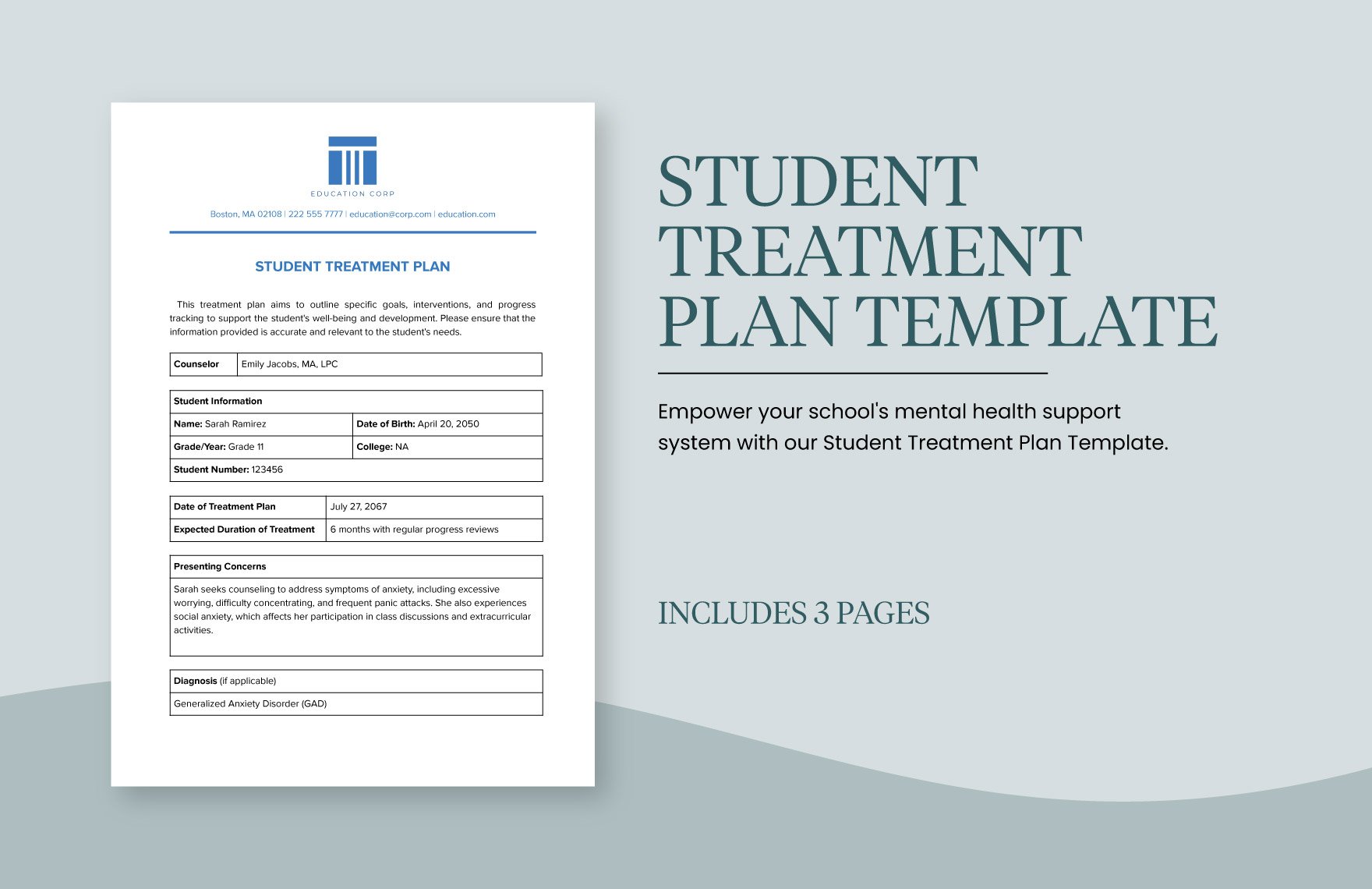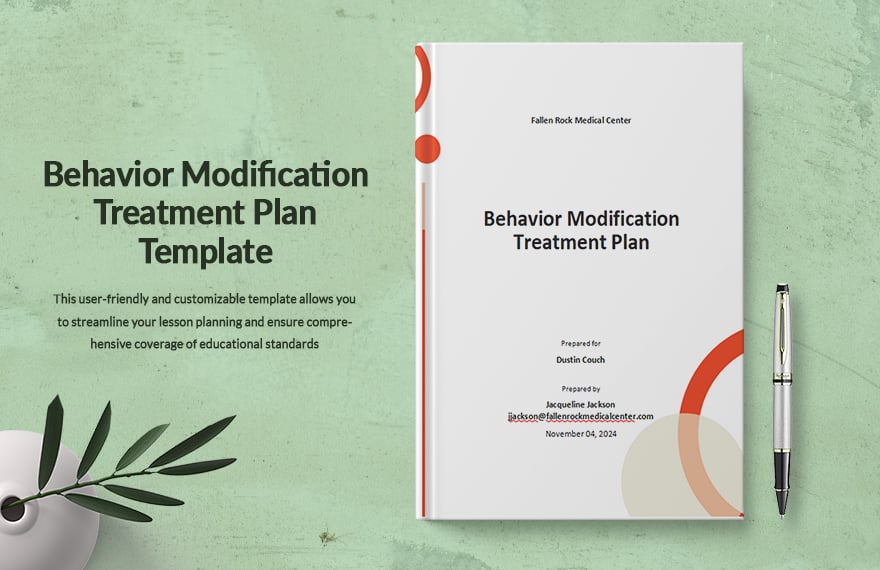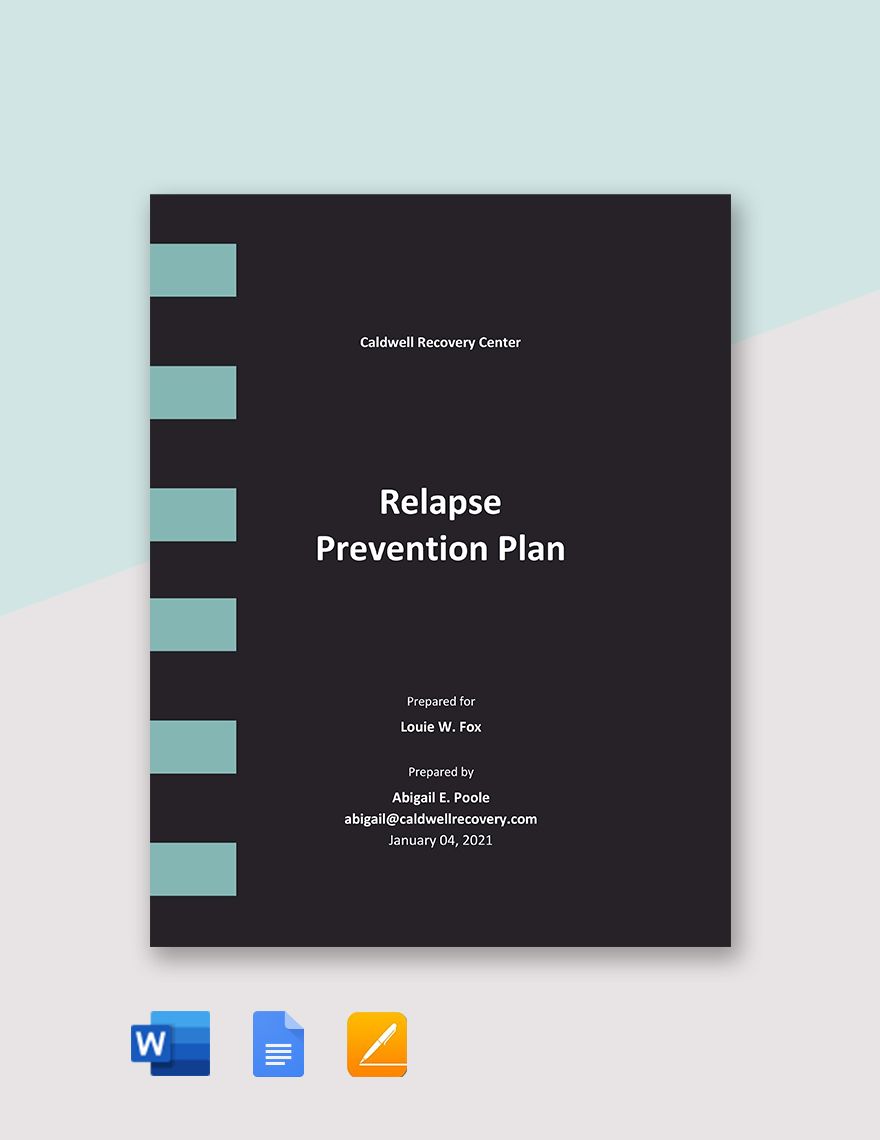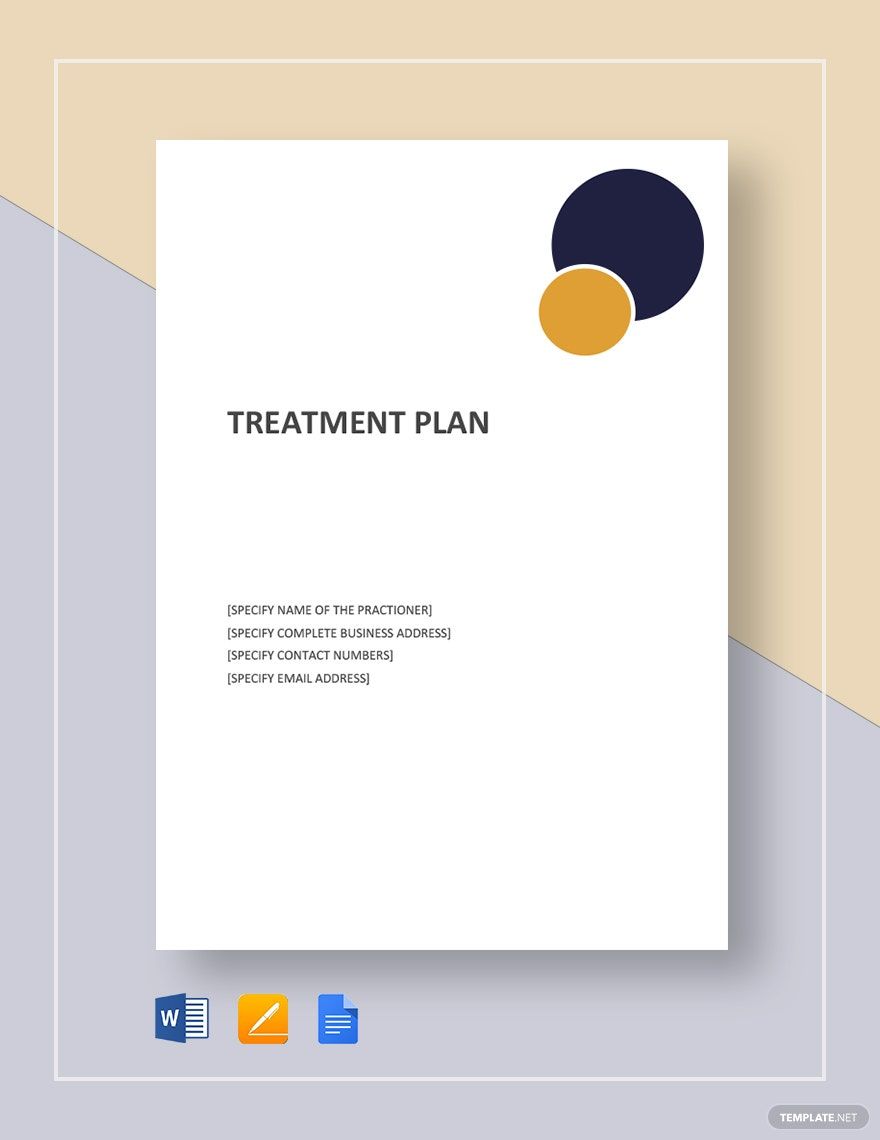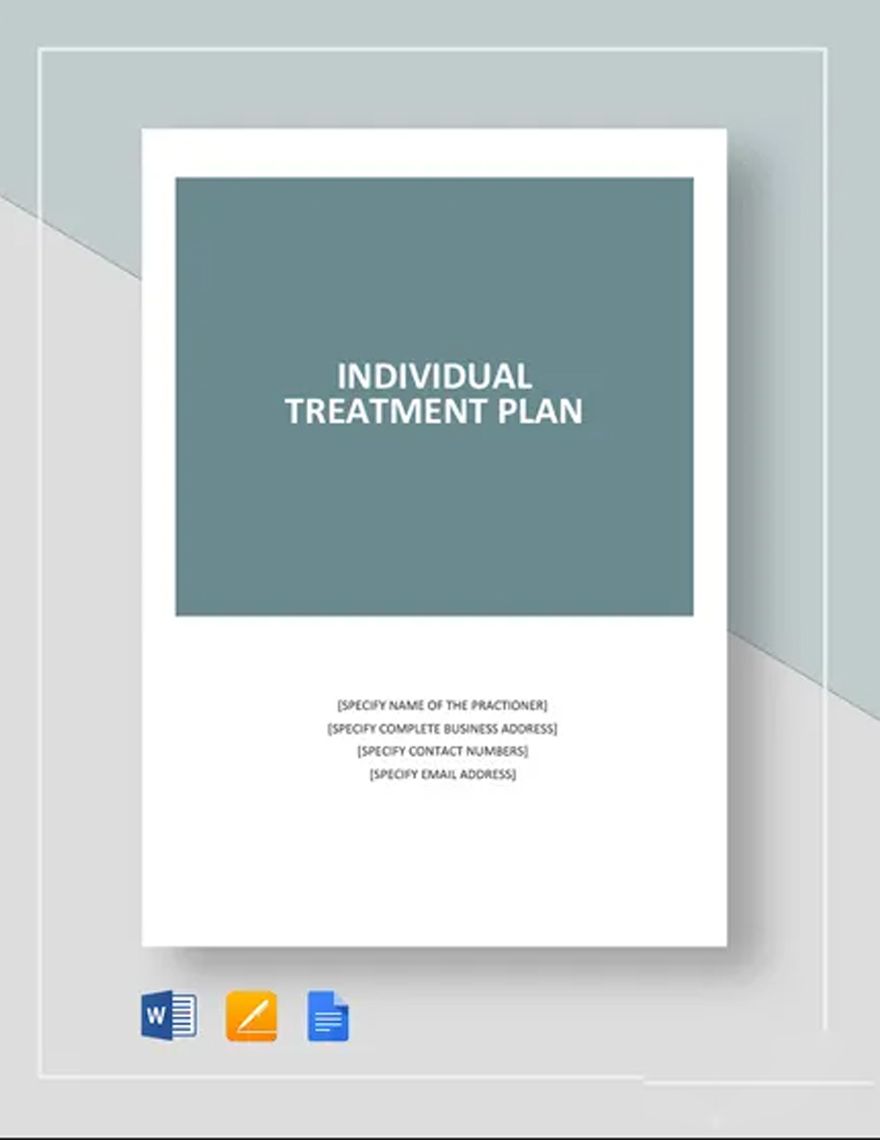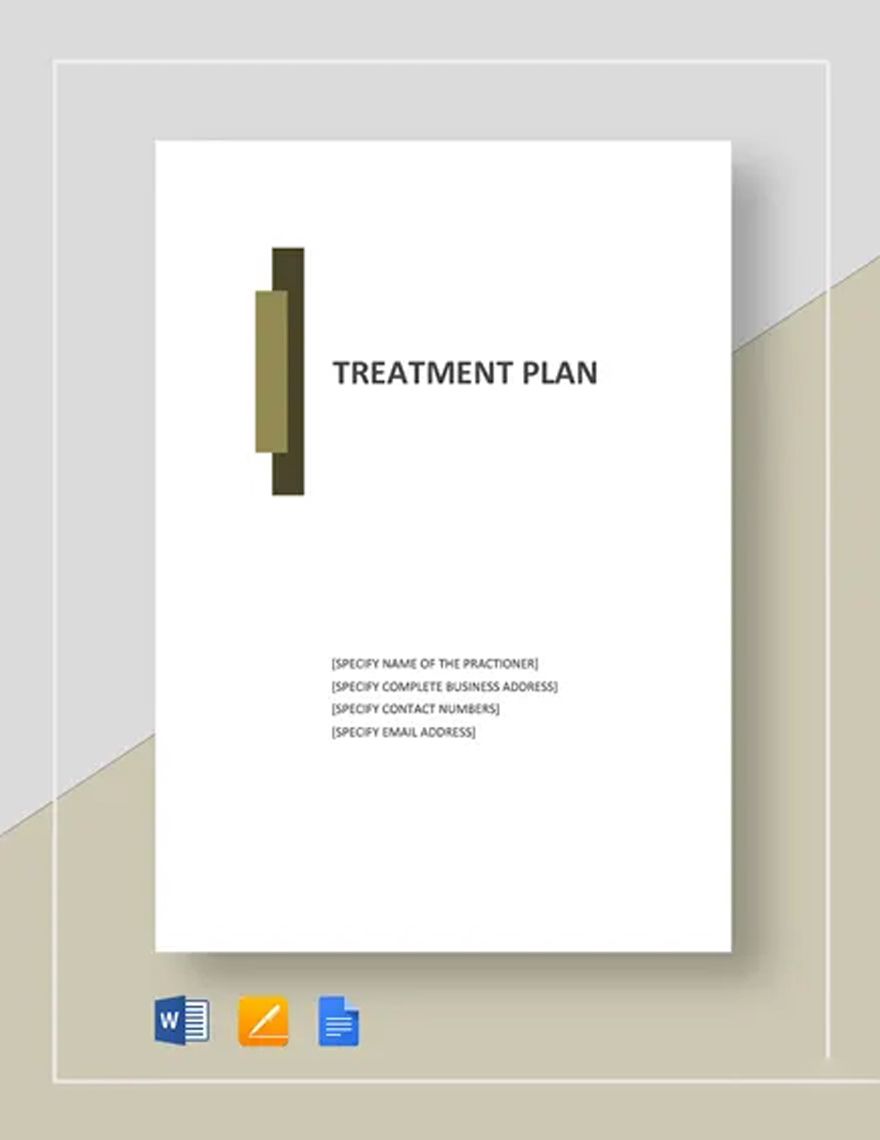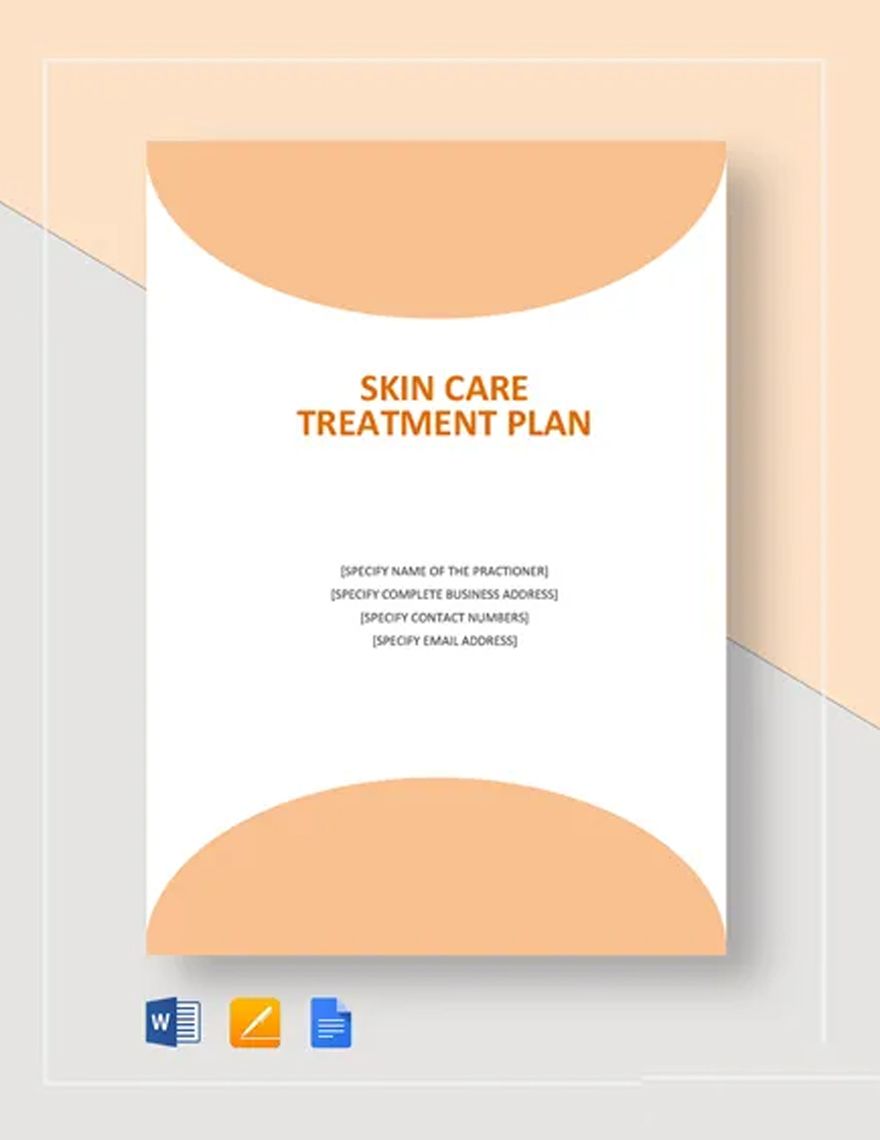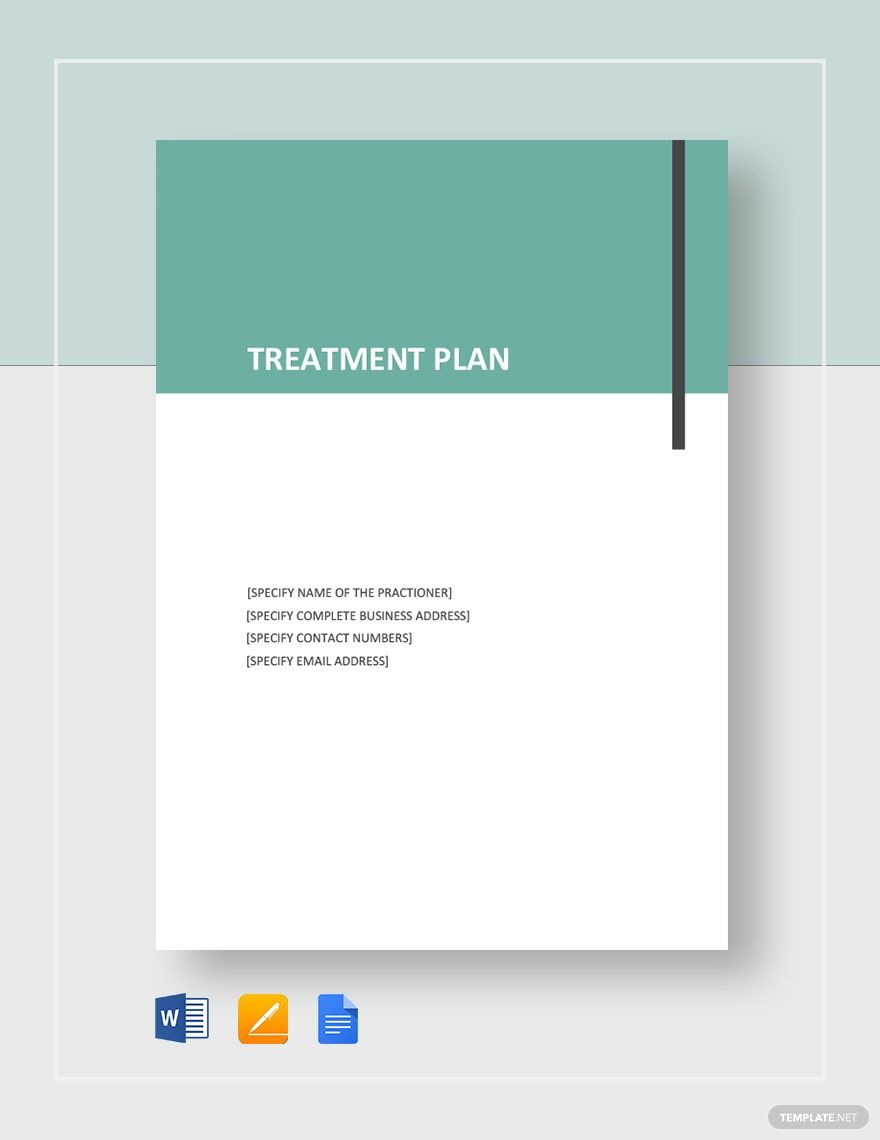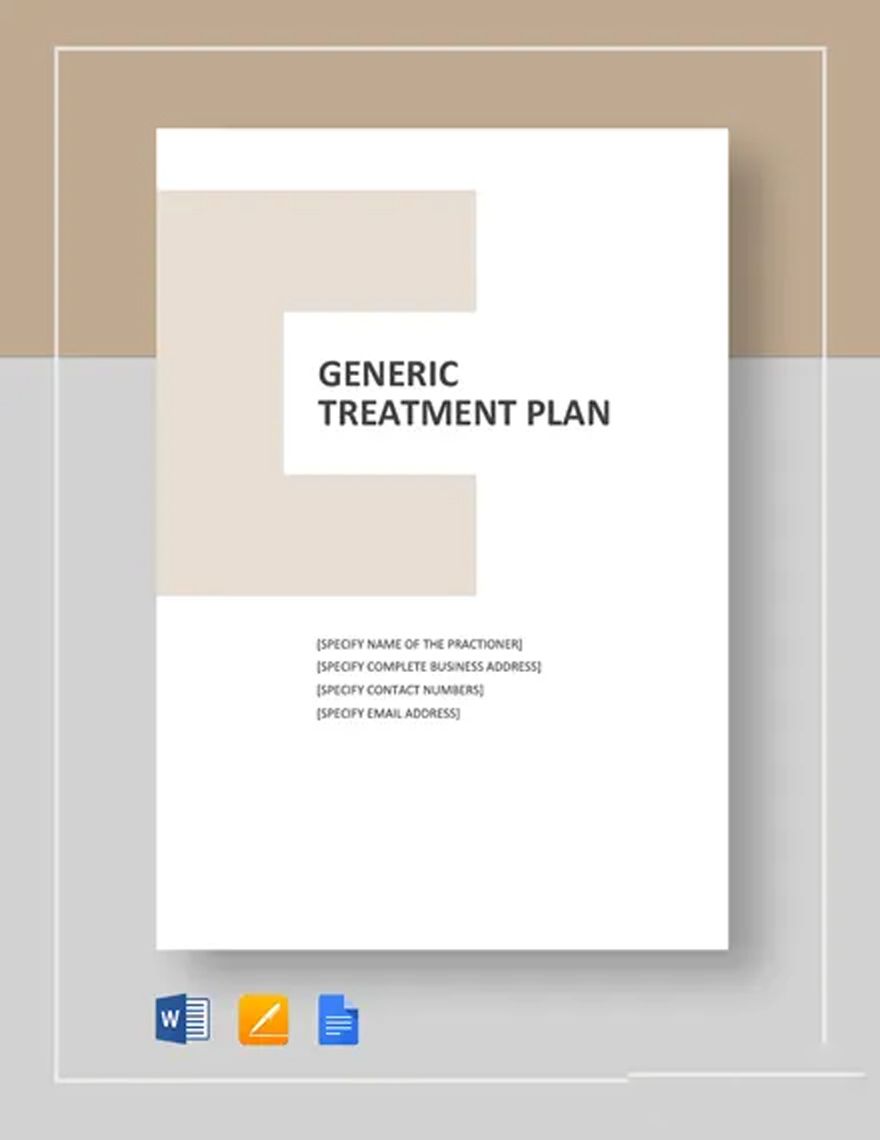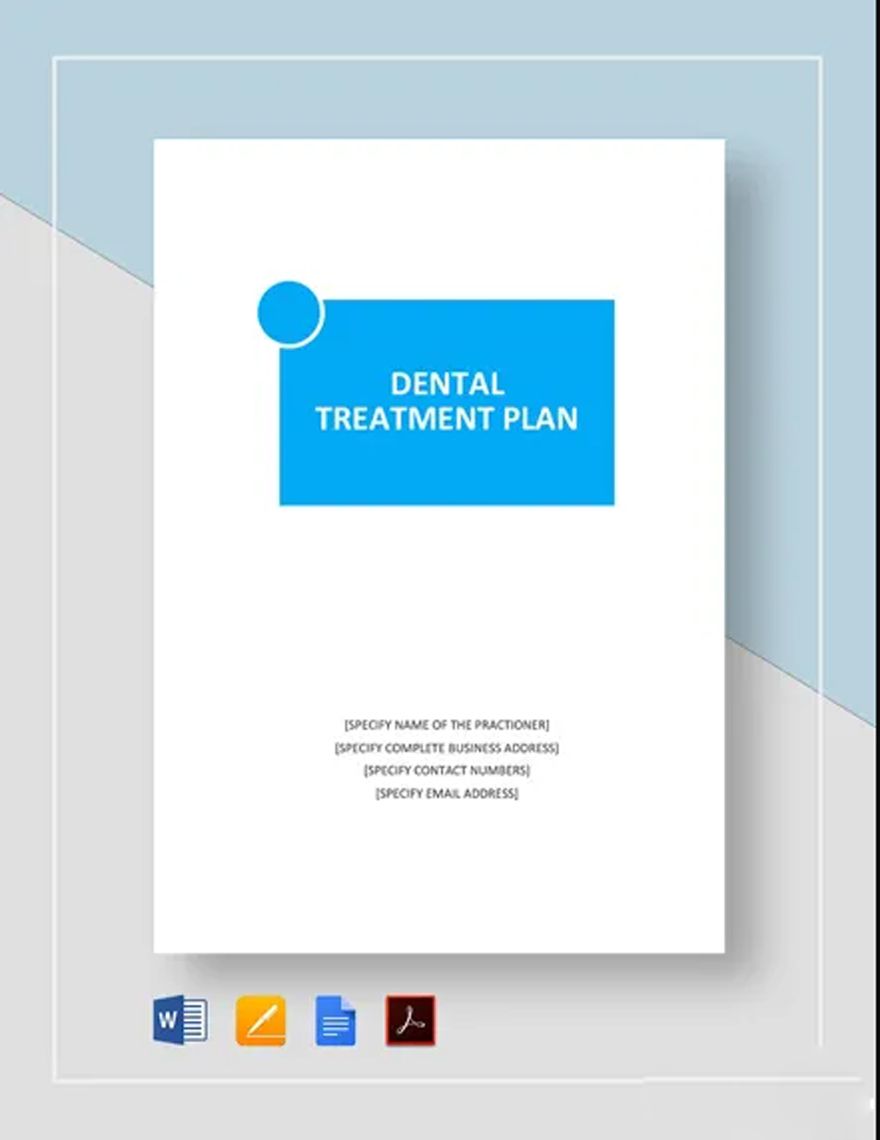Bring Your Treatment Planning to Life with Treatment Plan Templates from Template.net
Bring your treatment planning to life with Treatment Plan Templates from Template.net. Perfect for healthcare professionals and therapists, these templates empower you to keep your clients engaged, organize your sessions seamlessly, and generate comprehensive treatment plans quickly. Whether you need to map out a patient's journey for a new therapy or create detailed schedules for follow-up visits, these templates offer the flexibility and support you need. They include sections for time, date, and location details, as well as space for any promotional information, such as contact details or personalized messages. No graphic design skills are necessary; our professional-grade designs ensure you can focus on what matters most—your clients. With customizable layouts suited for both supplementary handouts or patient reports, you have the freedom to create content in print or digital form that perfectly aligns with your practice’s needs.
Discover the many Treatment Plan Templates we have on hand, tailored to suit various medical and therapeutic contexts. By selecting a pre-designed template, you can seamlessly swap in your assets and tweak colors or fonts to match your brand’s identity. Advanced features like drag-and-drop icons, graphics, and animated effects make customization both fun and efficient. AI-powered text tools help craft compelling narratives without any hassle, ensuring the possibilities are endless and entirely skill-free. Our library is regularly updated with new designs and layouts, keeping you at the forefront of professional treatment planning. When you're finished, download or share your plans via a link, print, email, or export, making it easy to distribute and collaborate across multiple channels.
